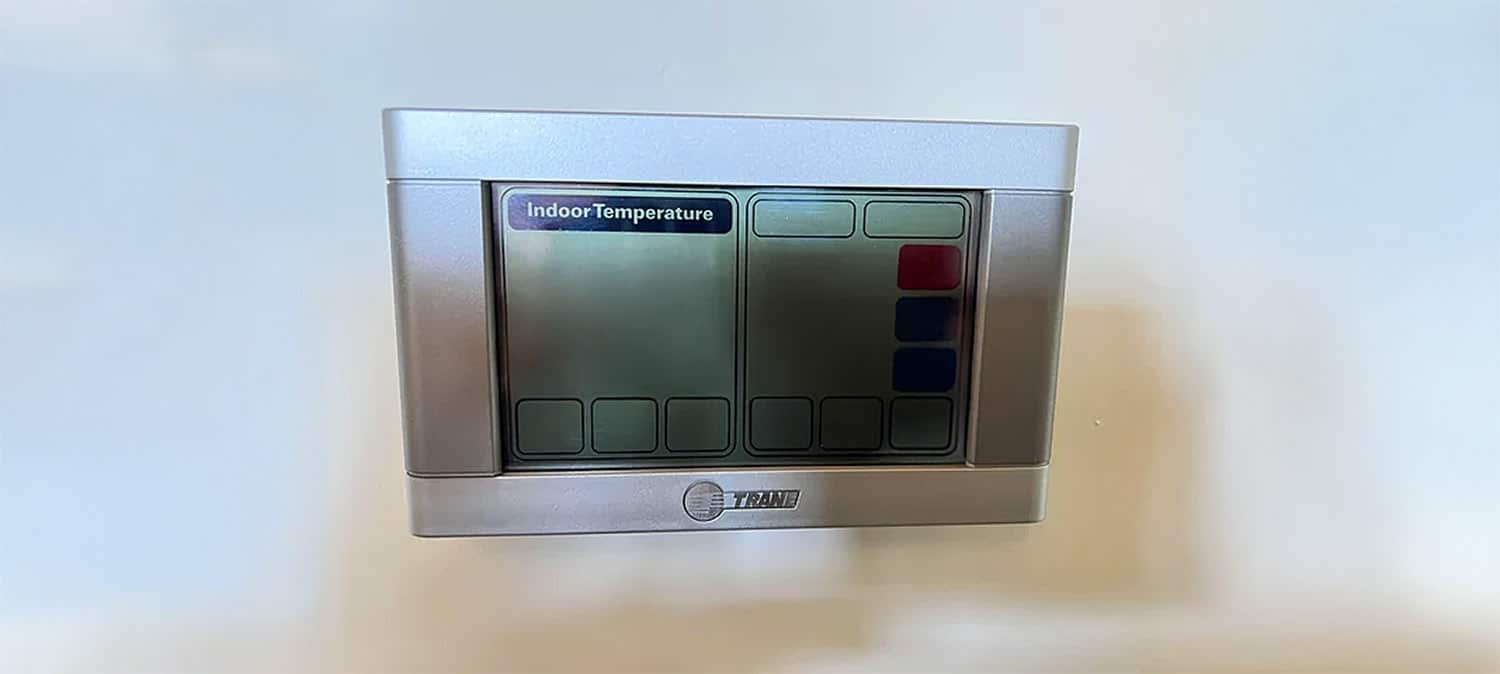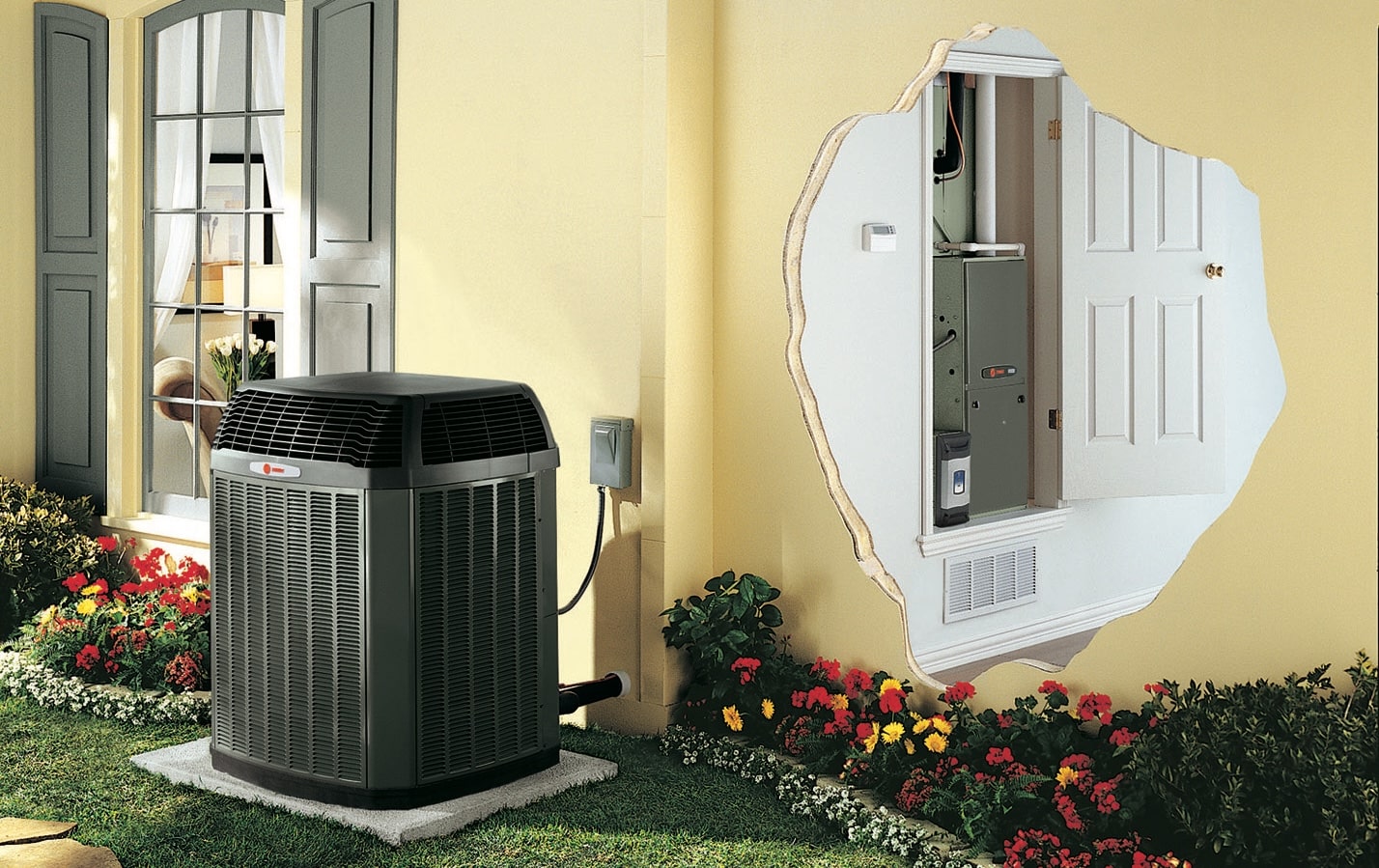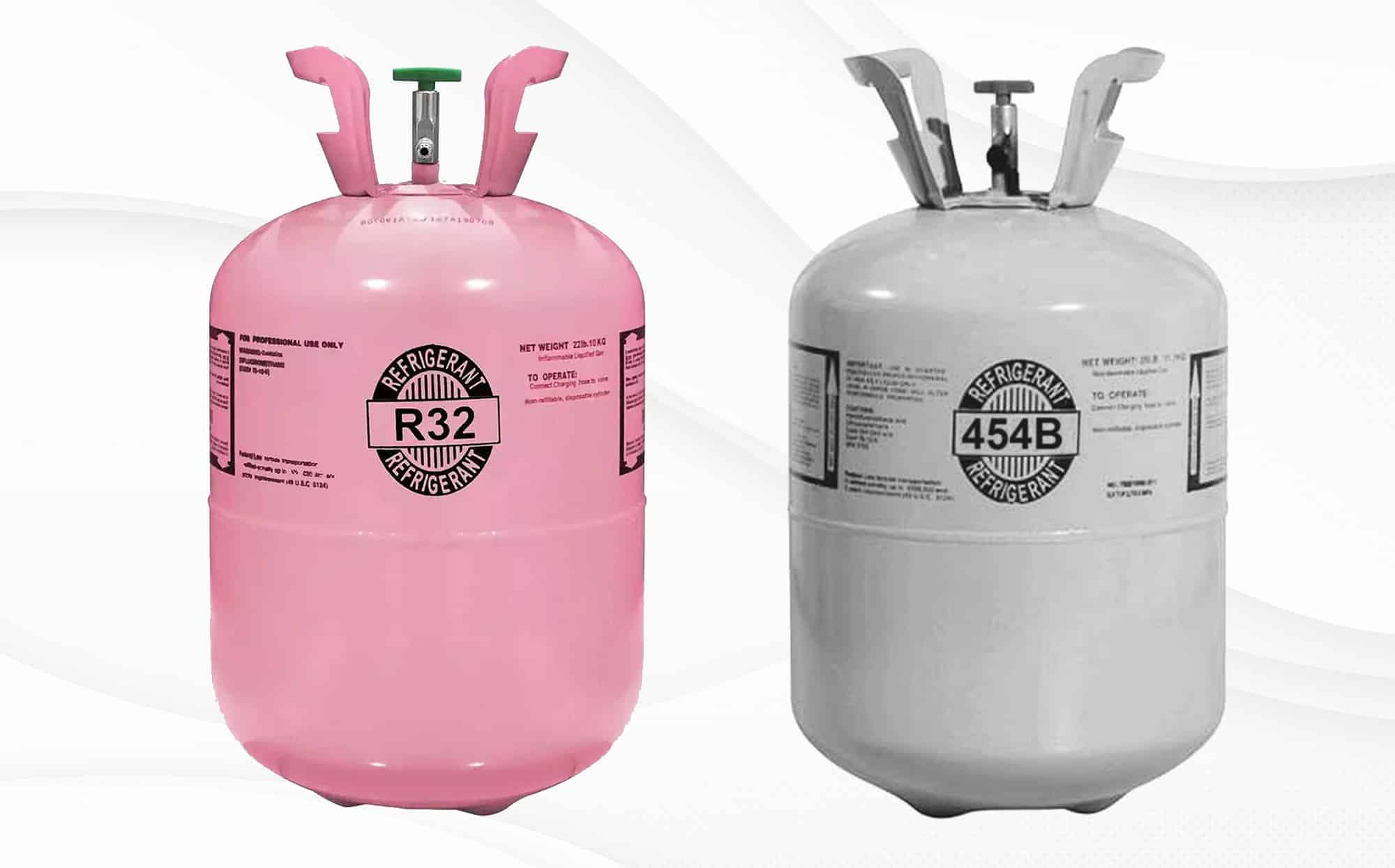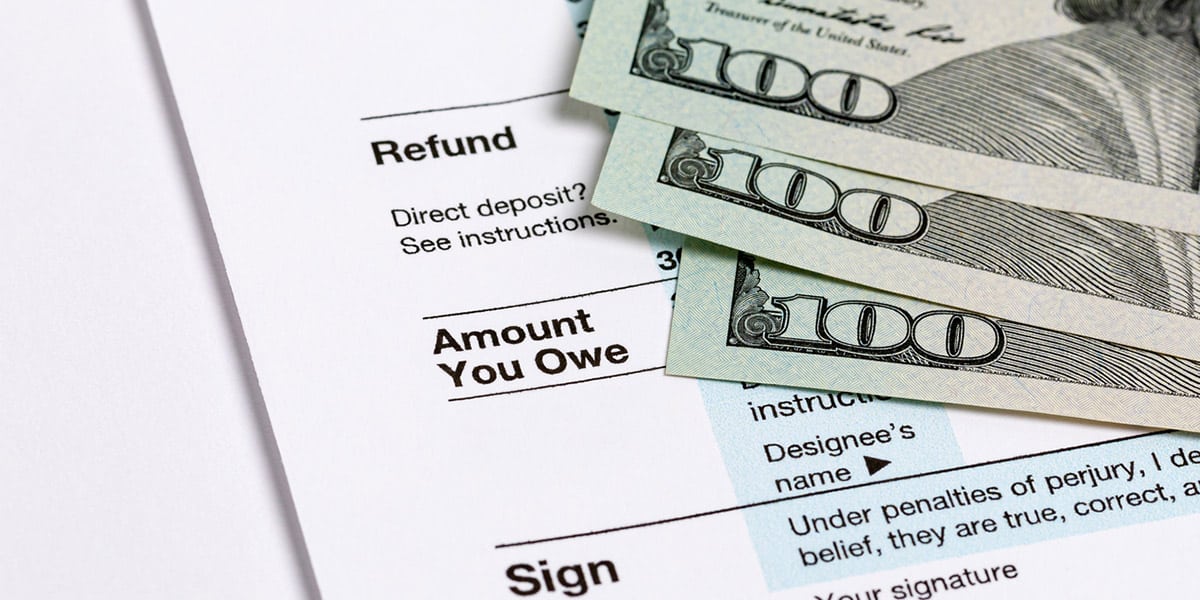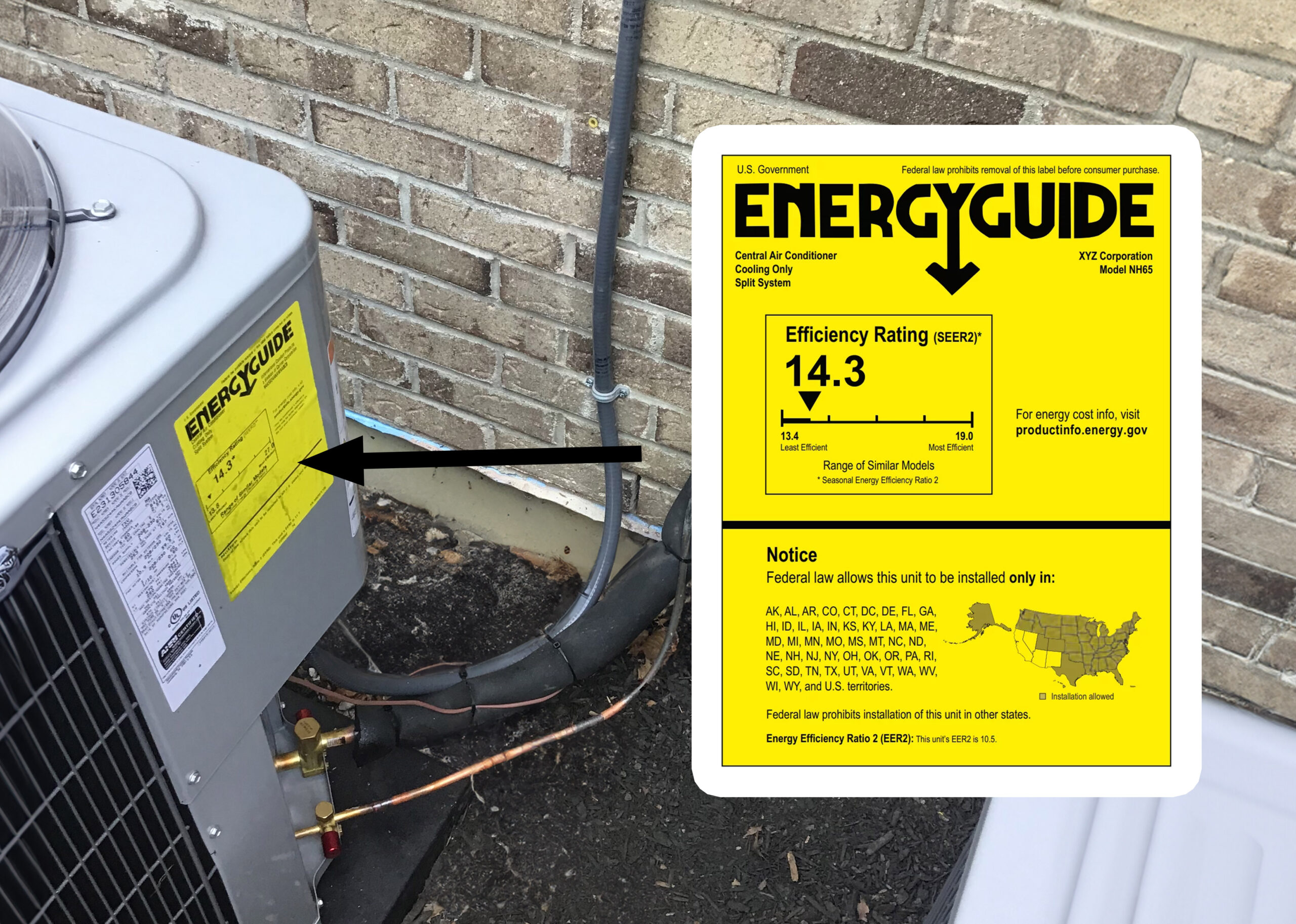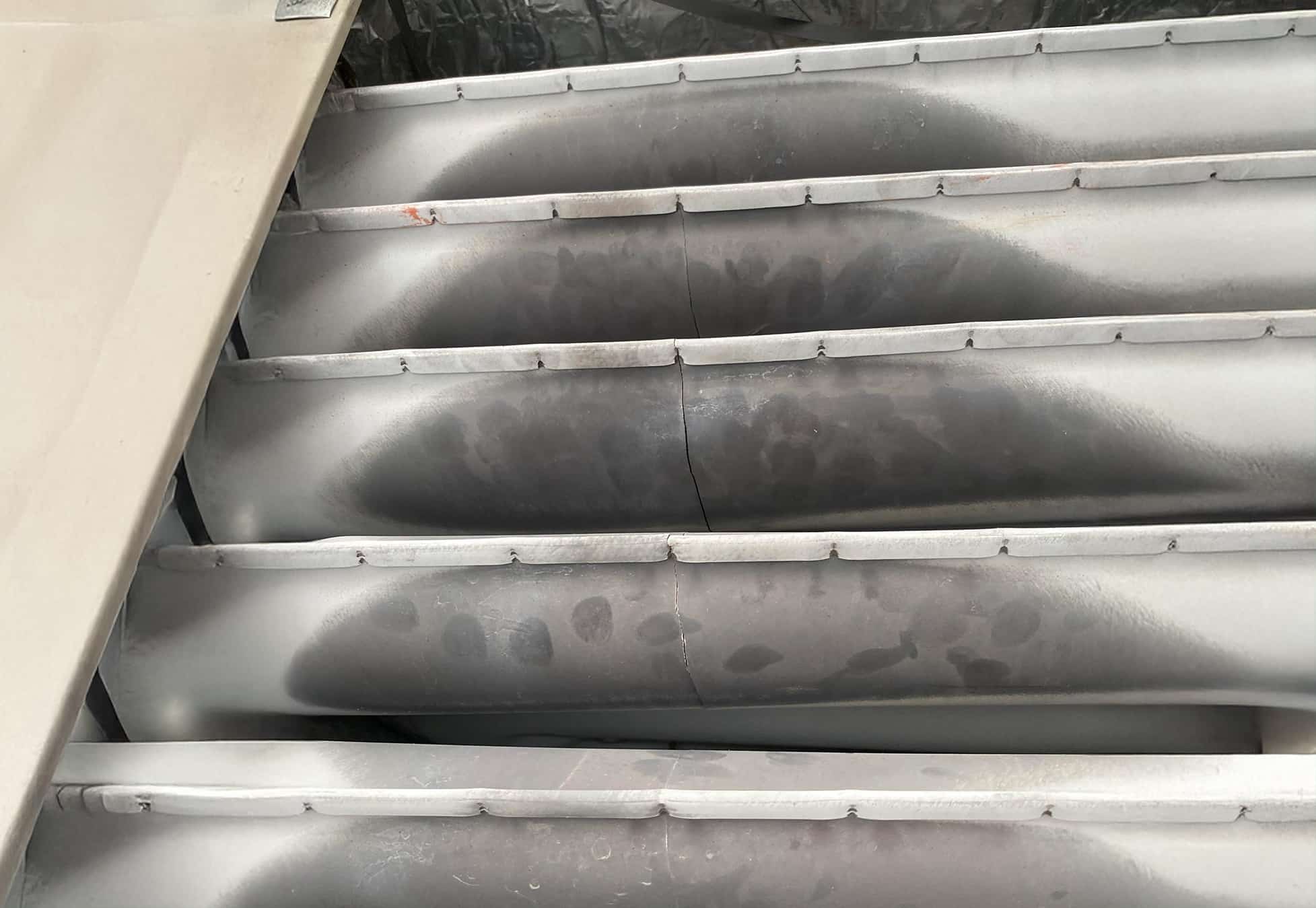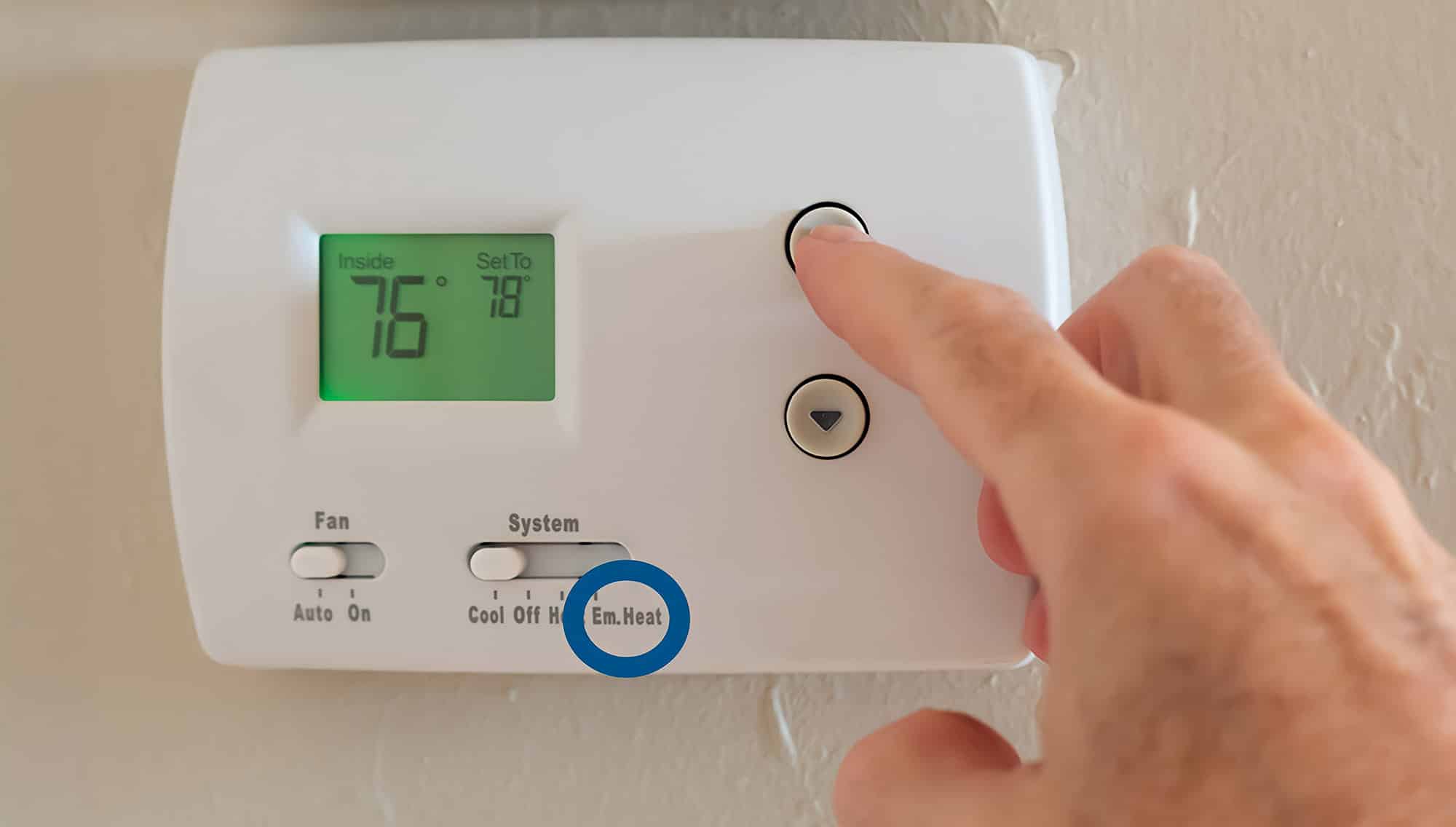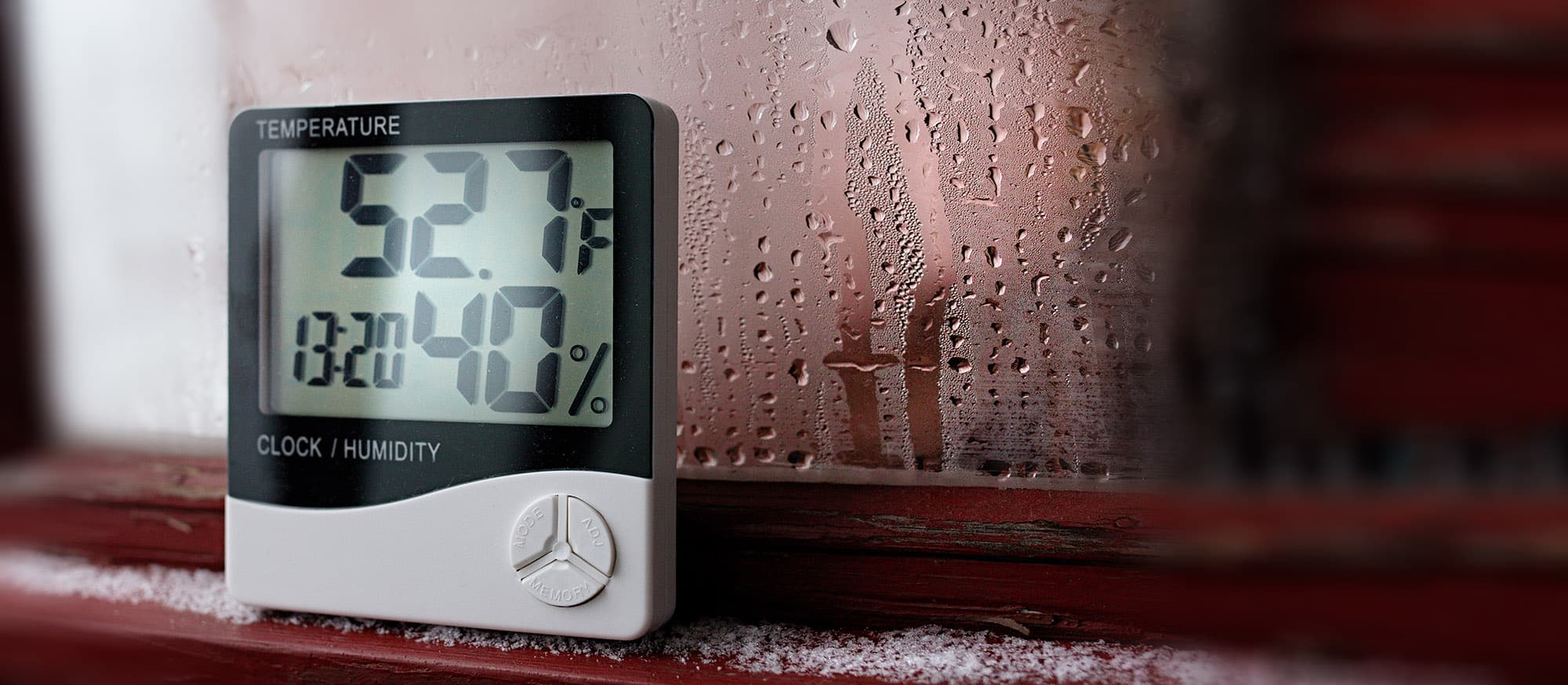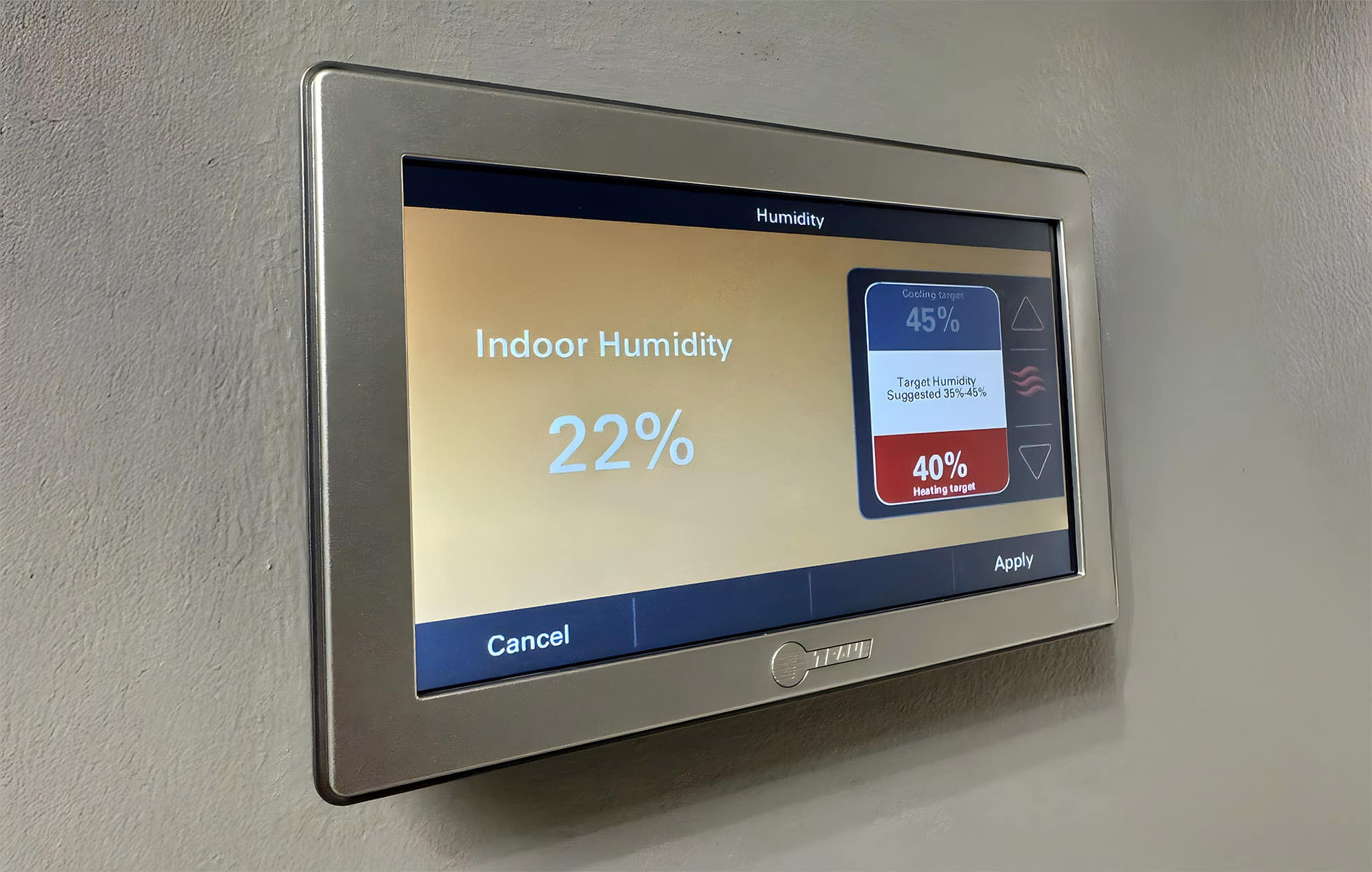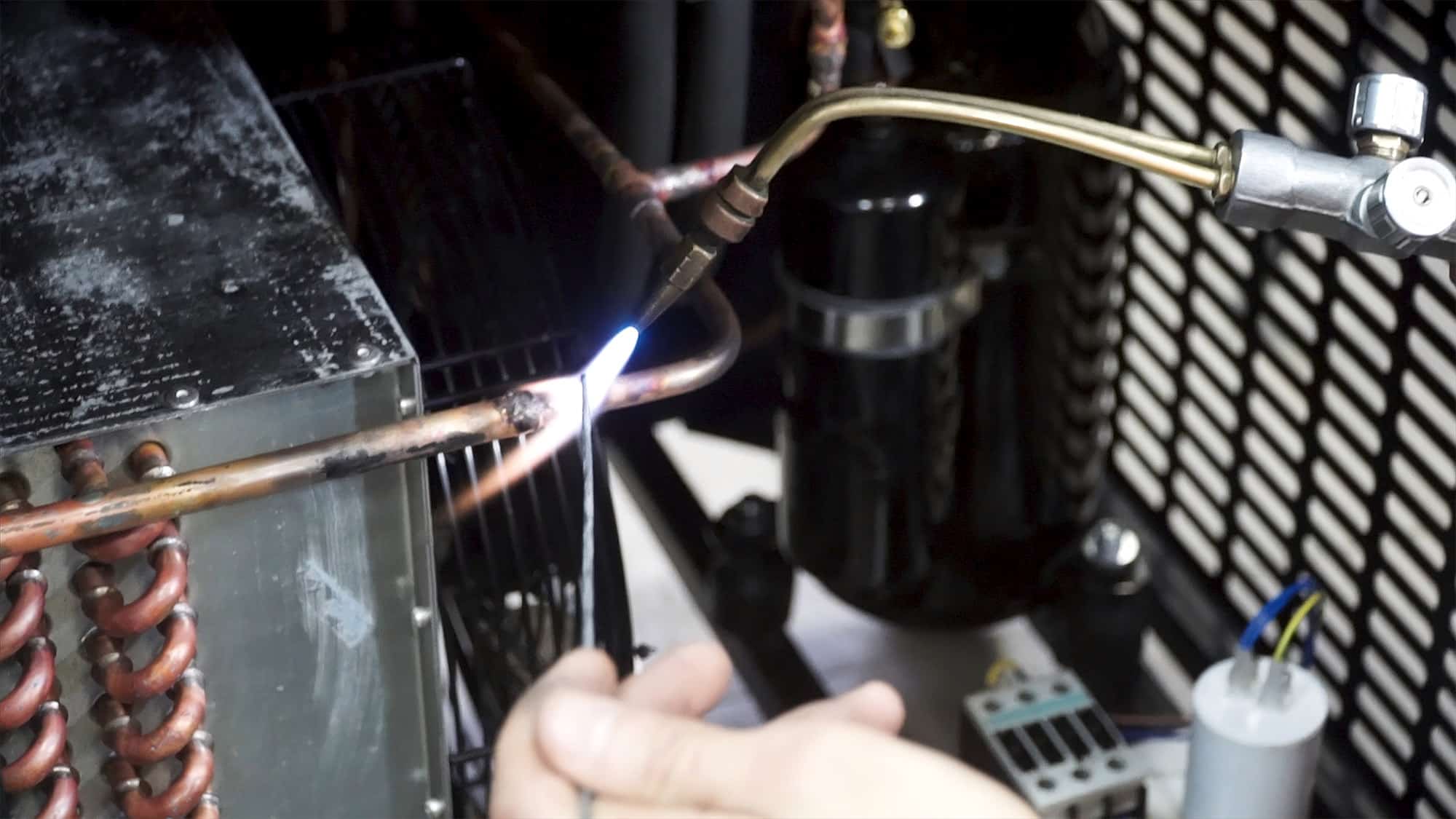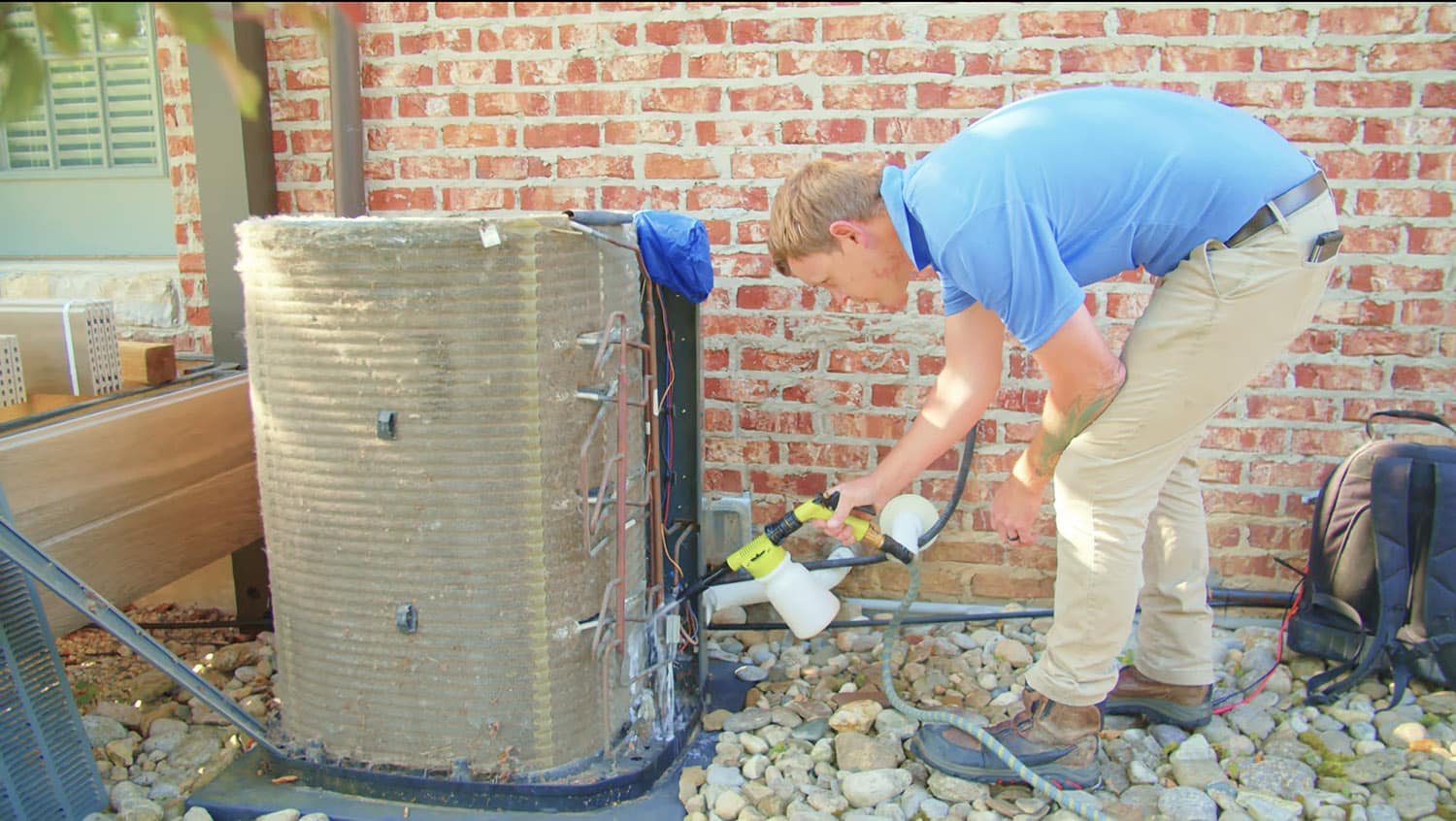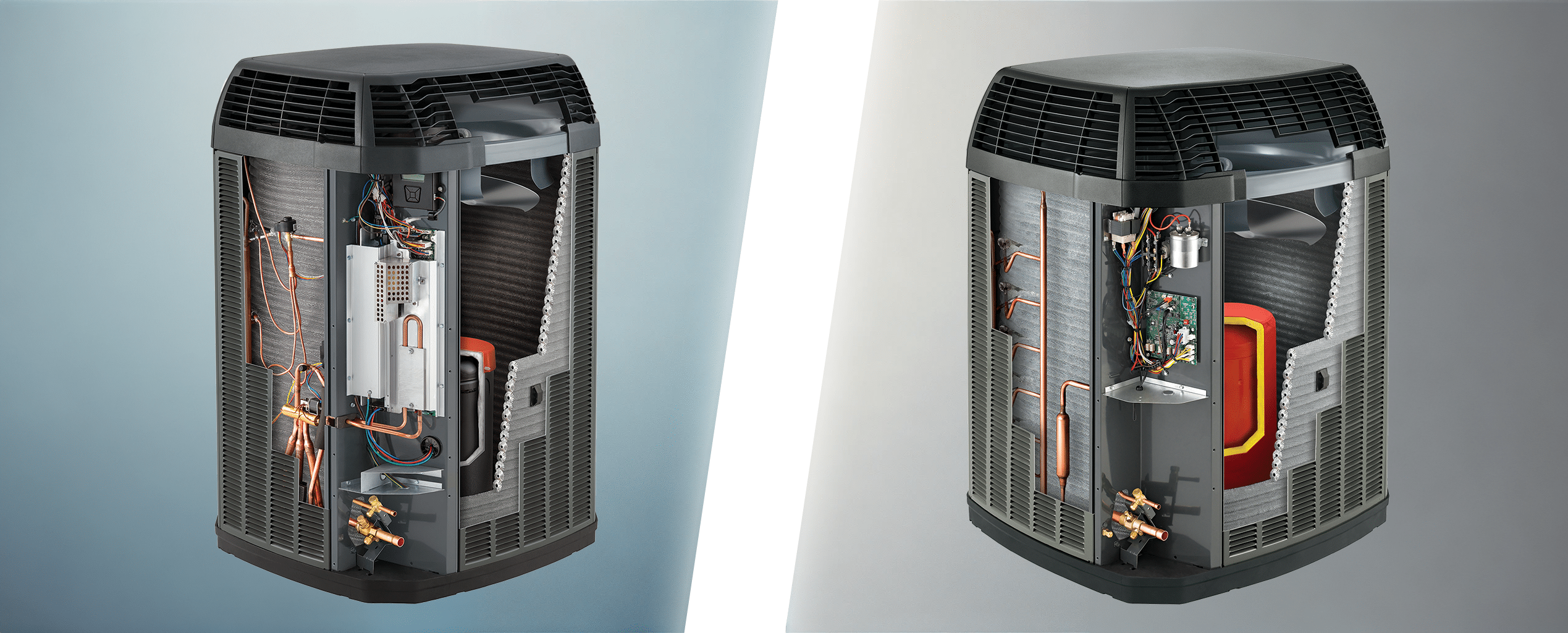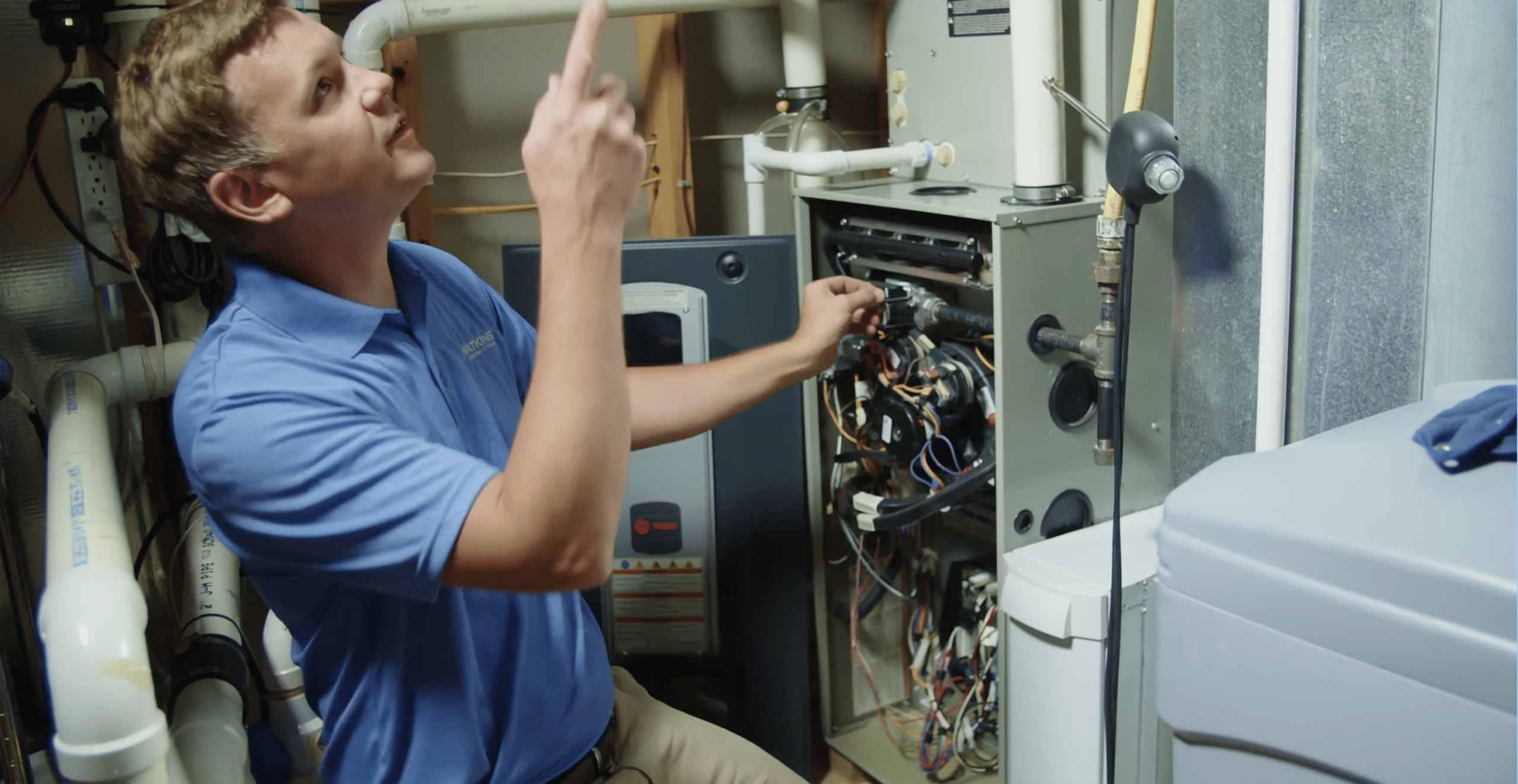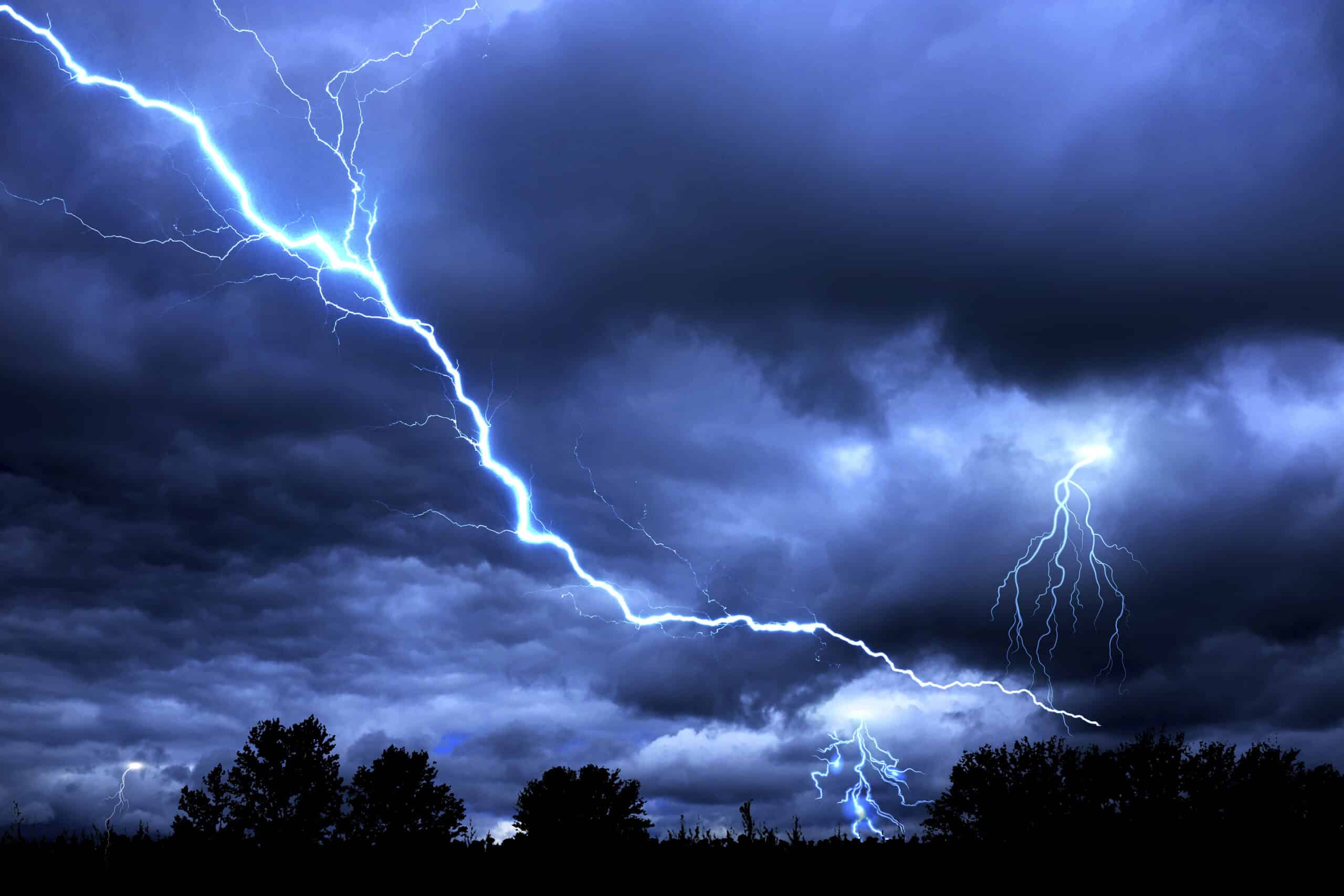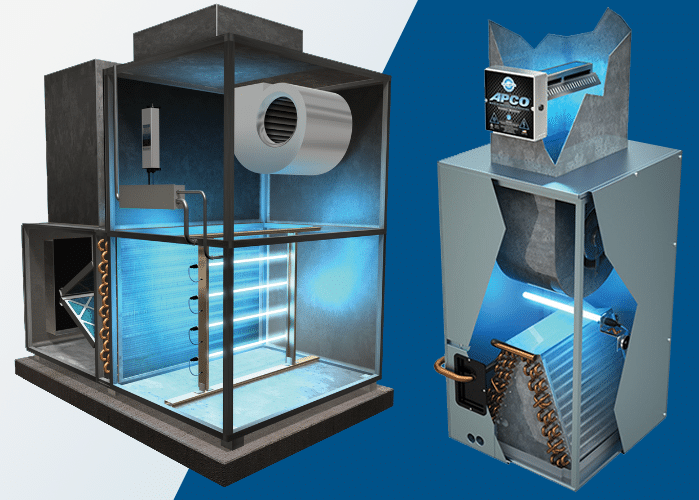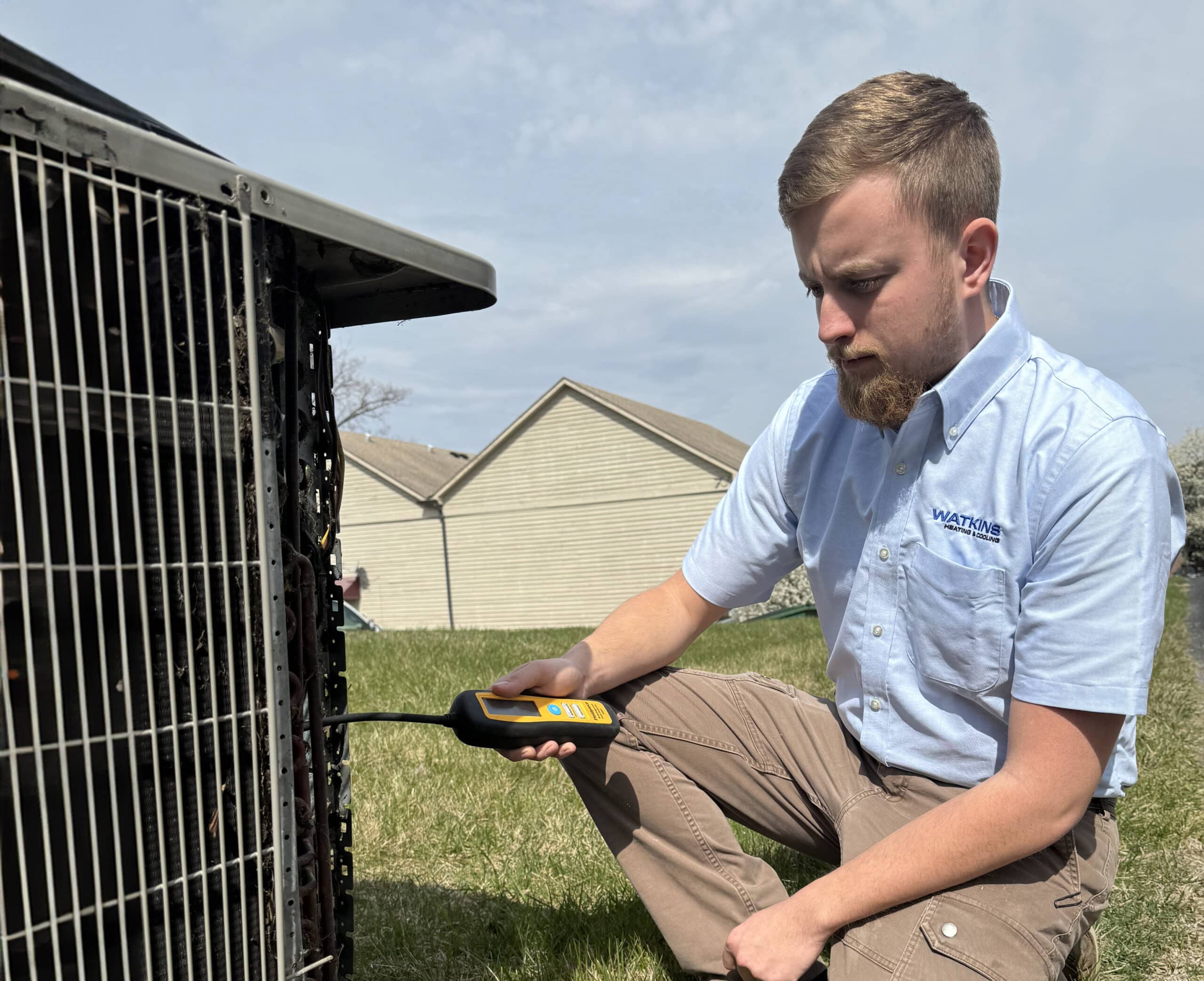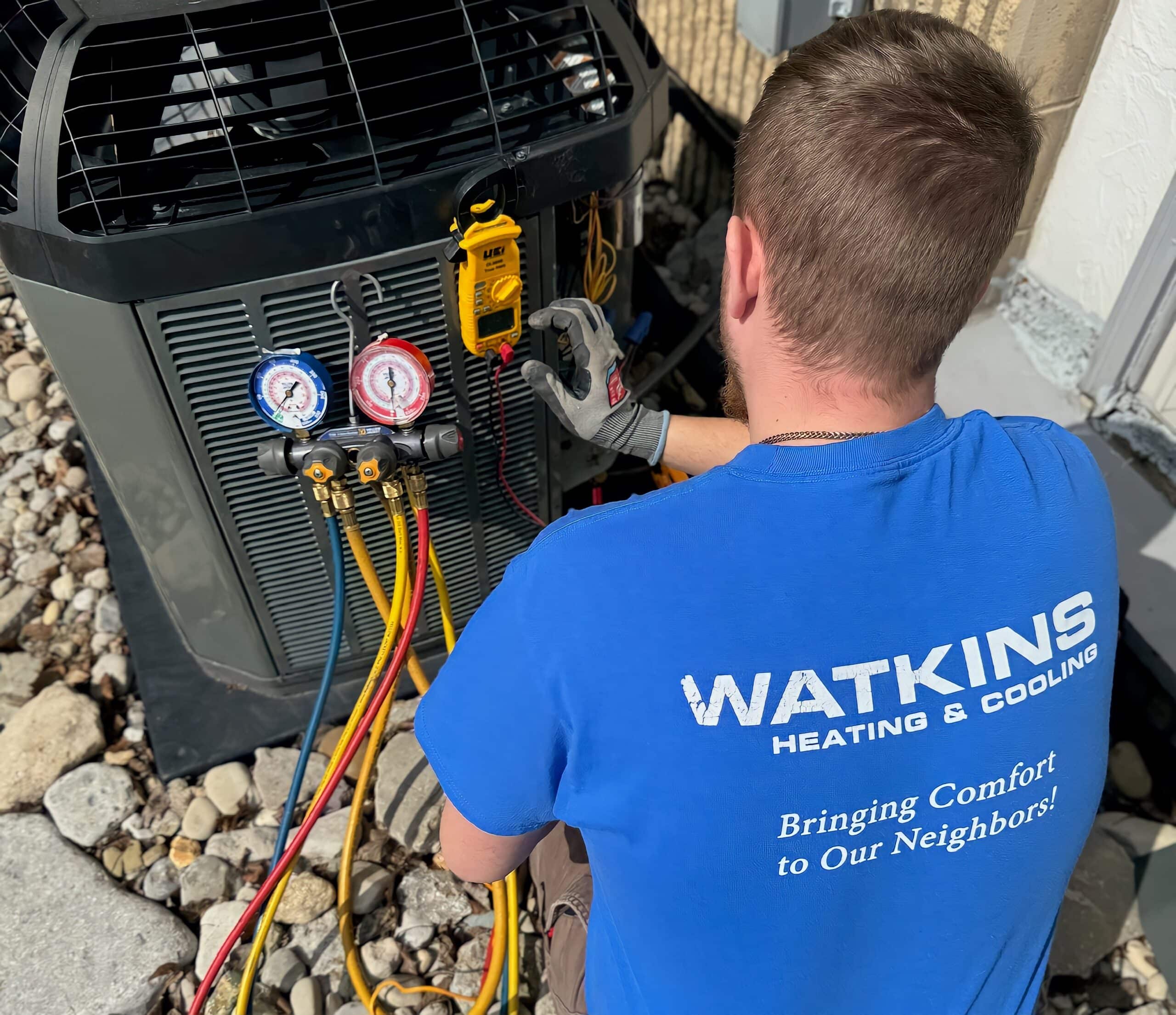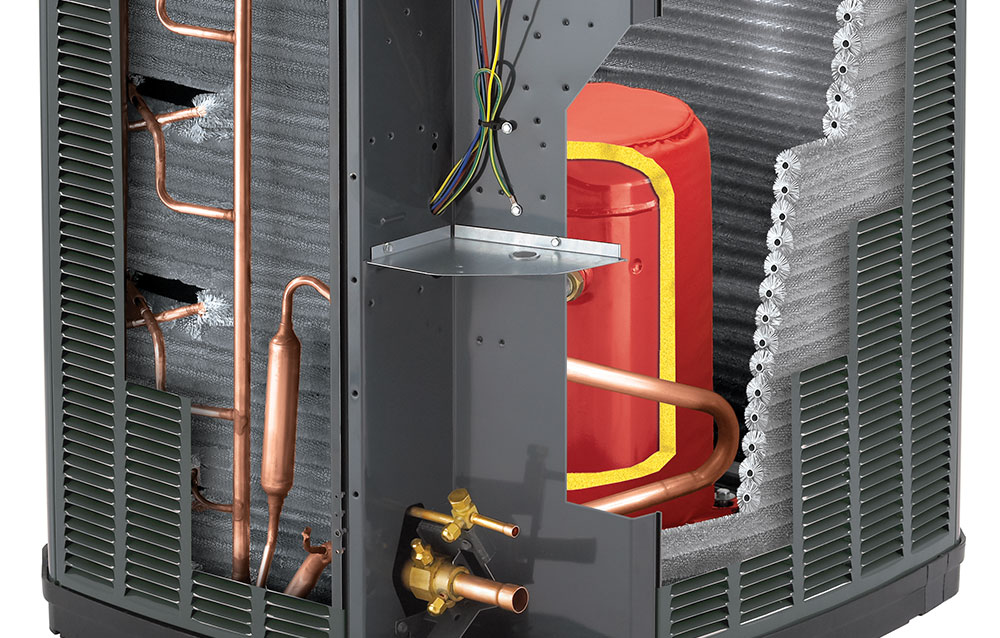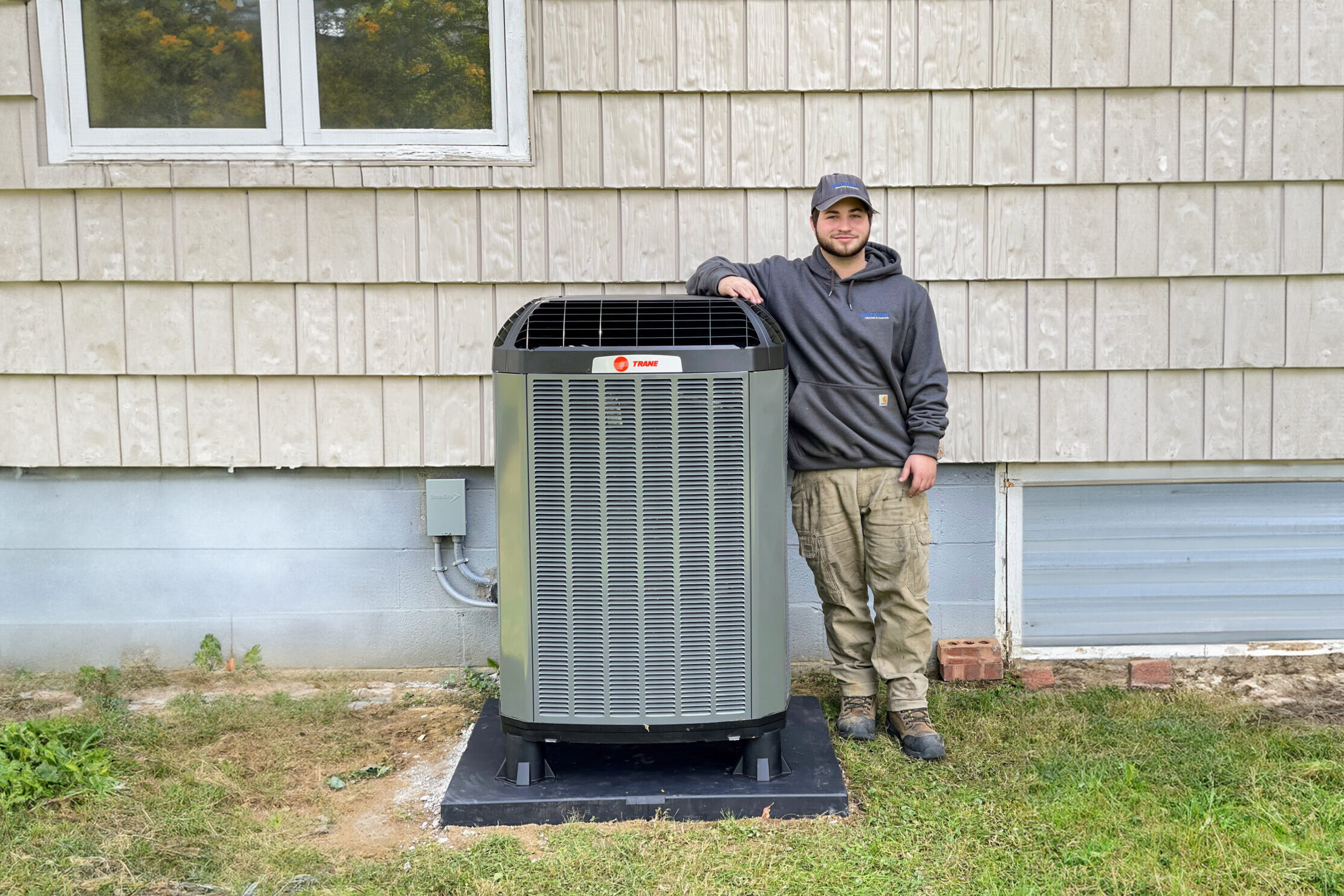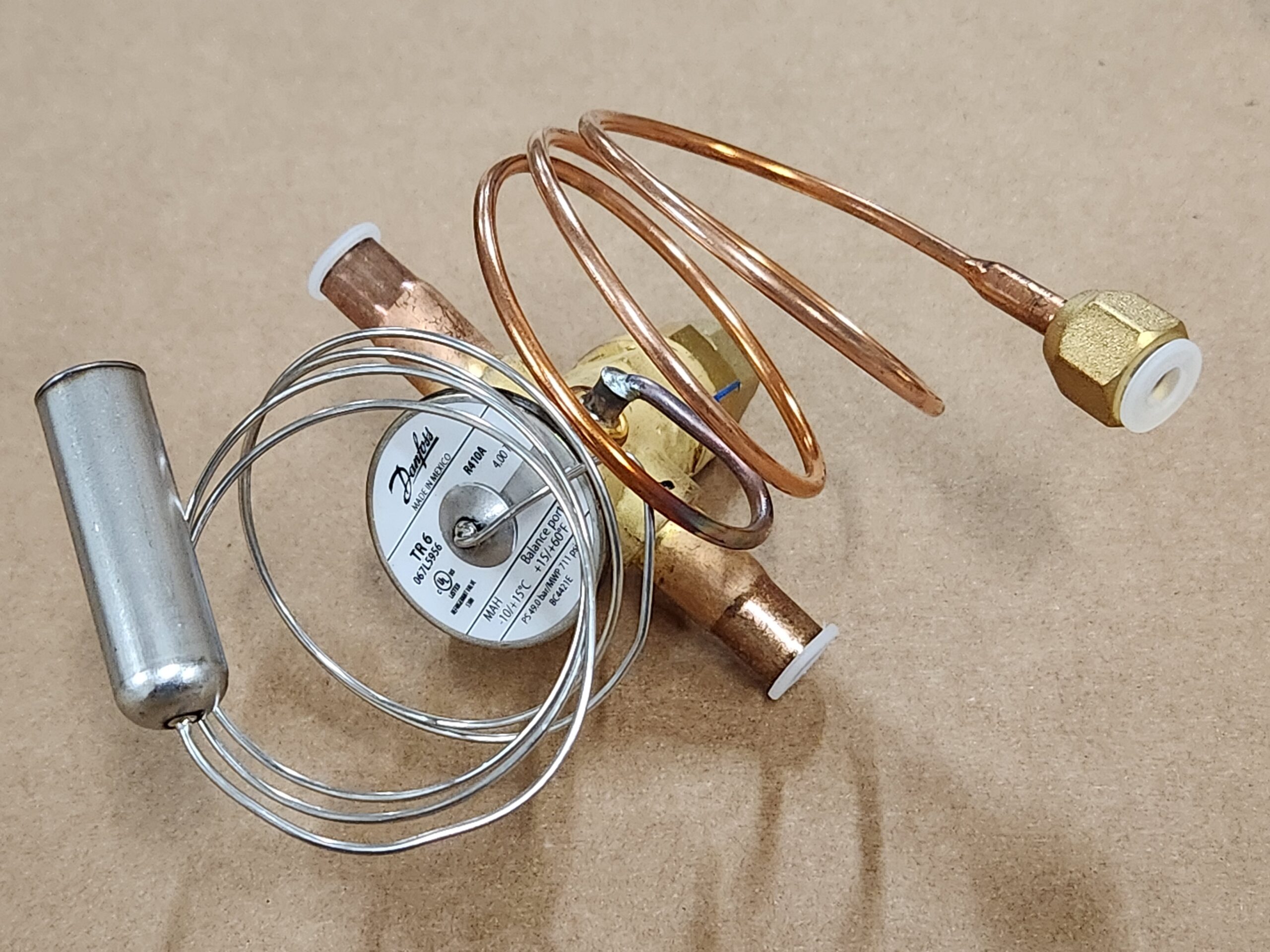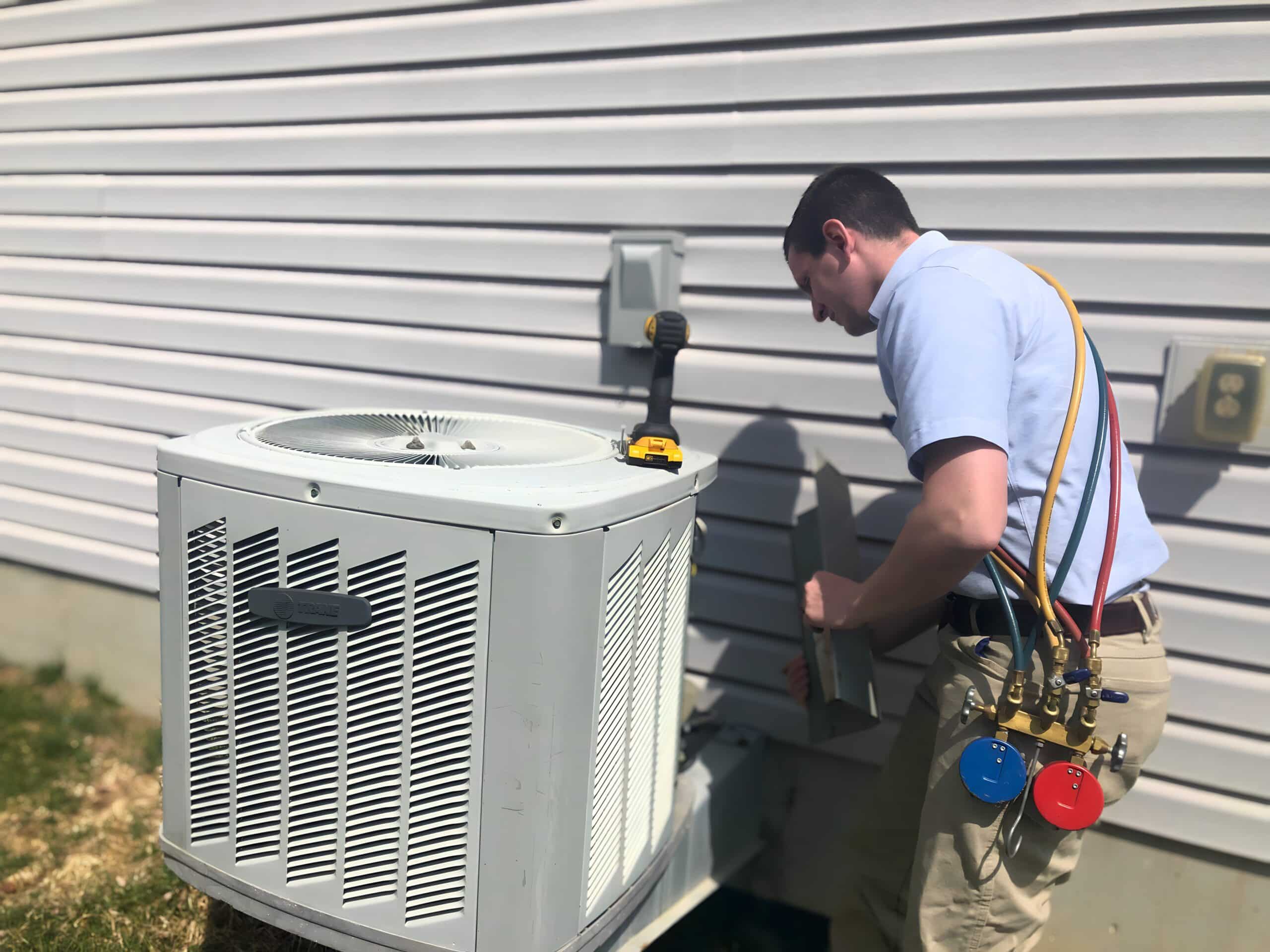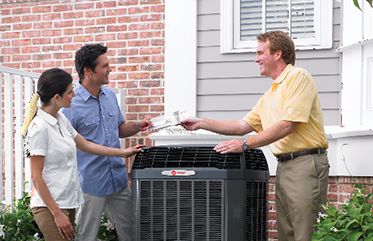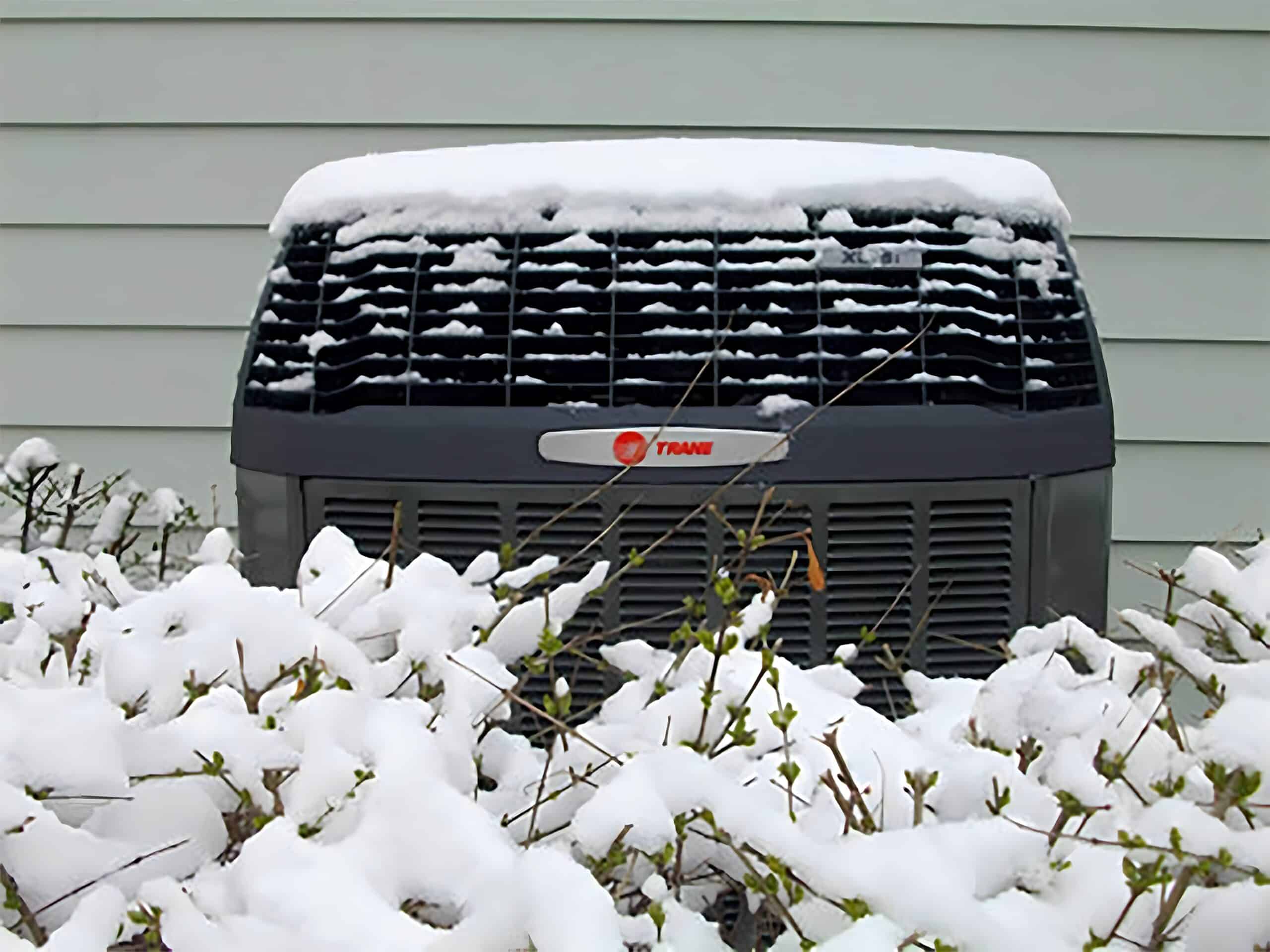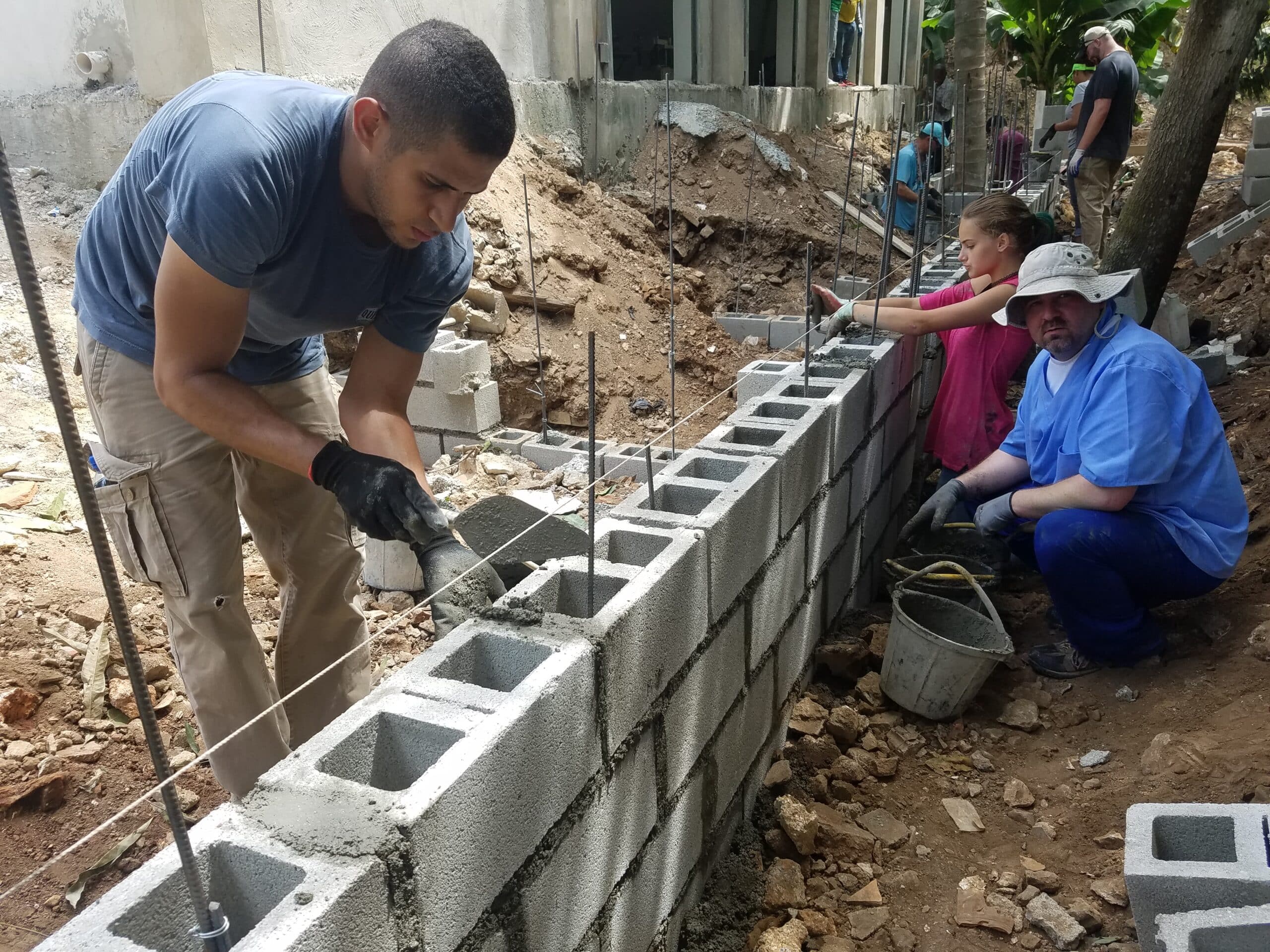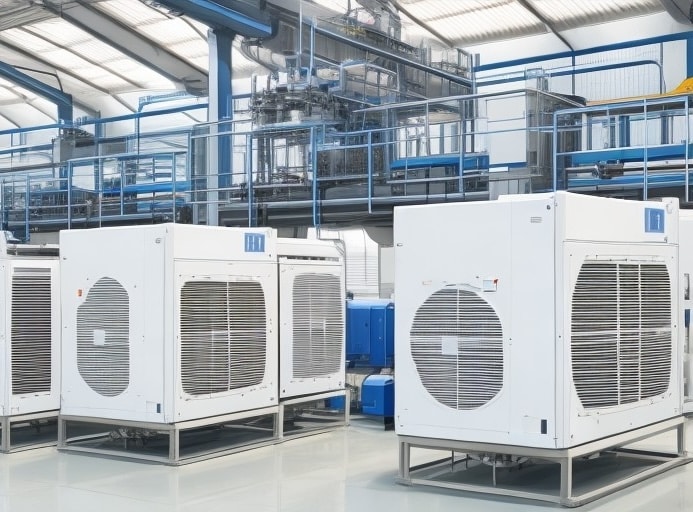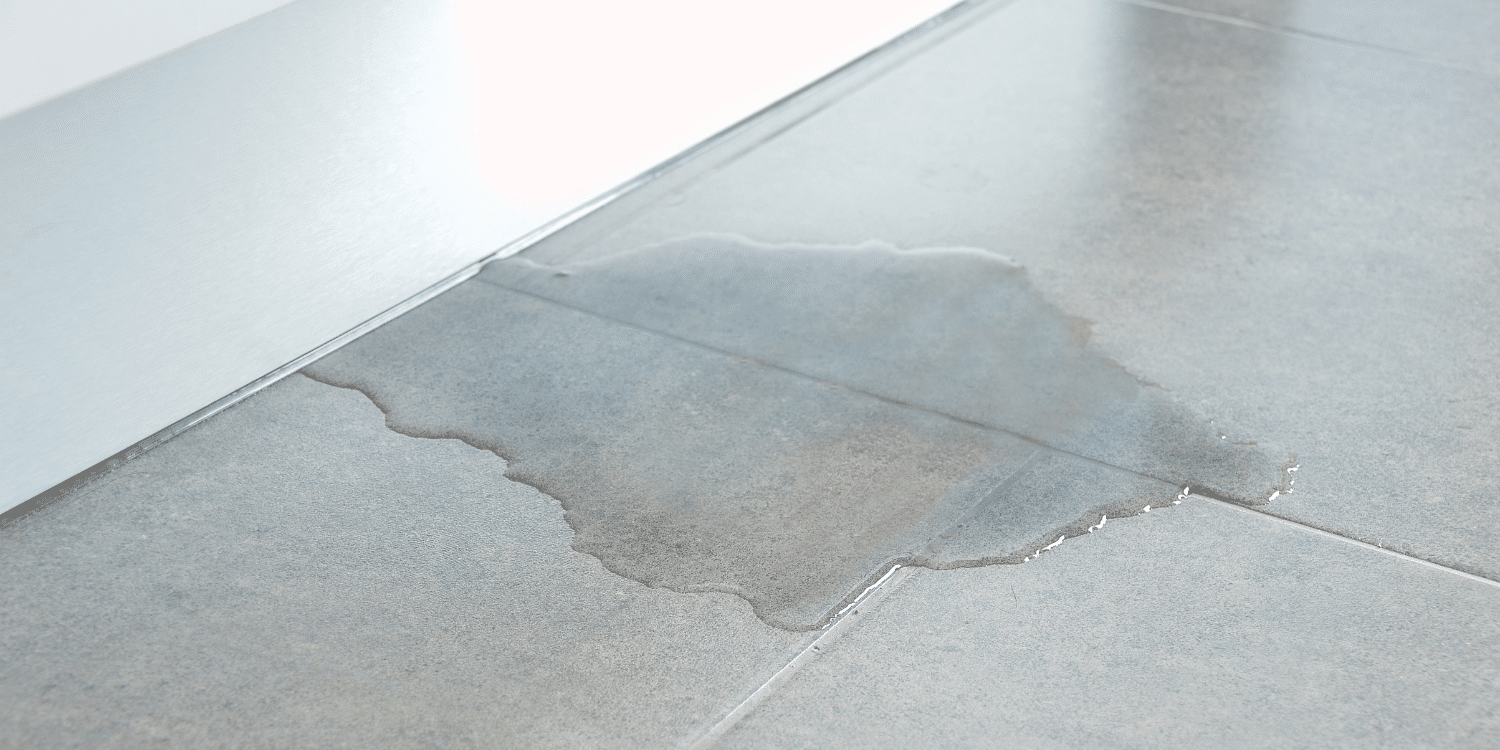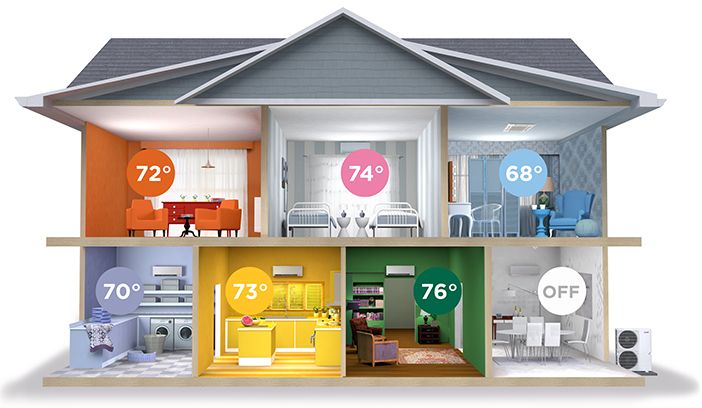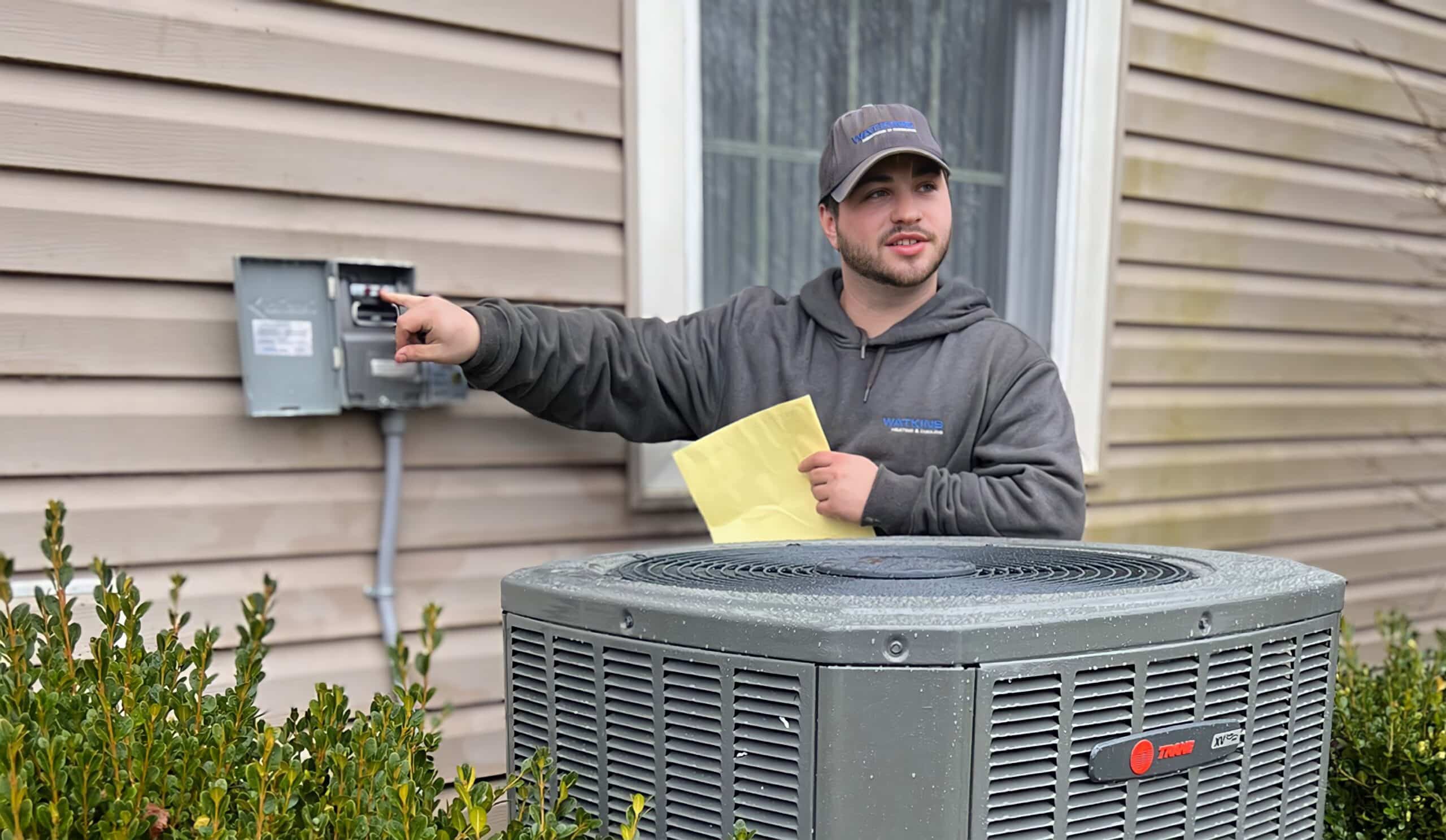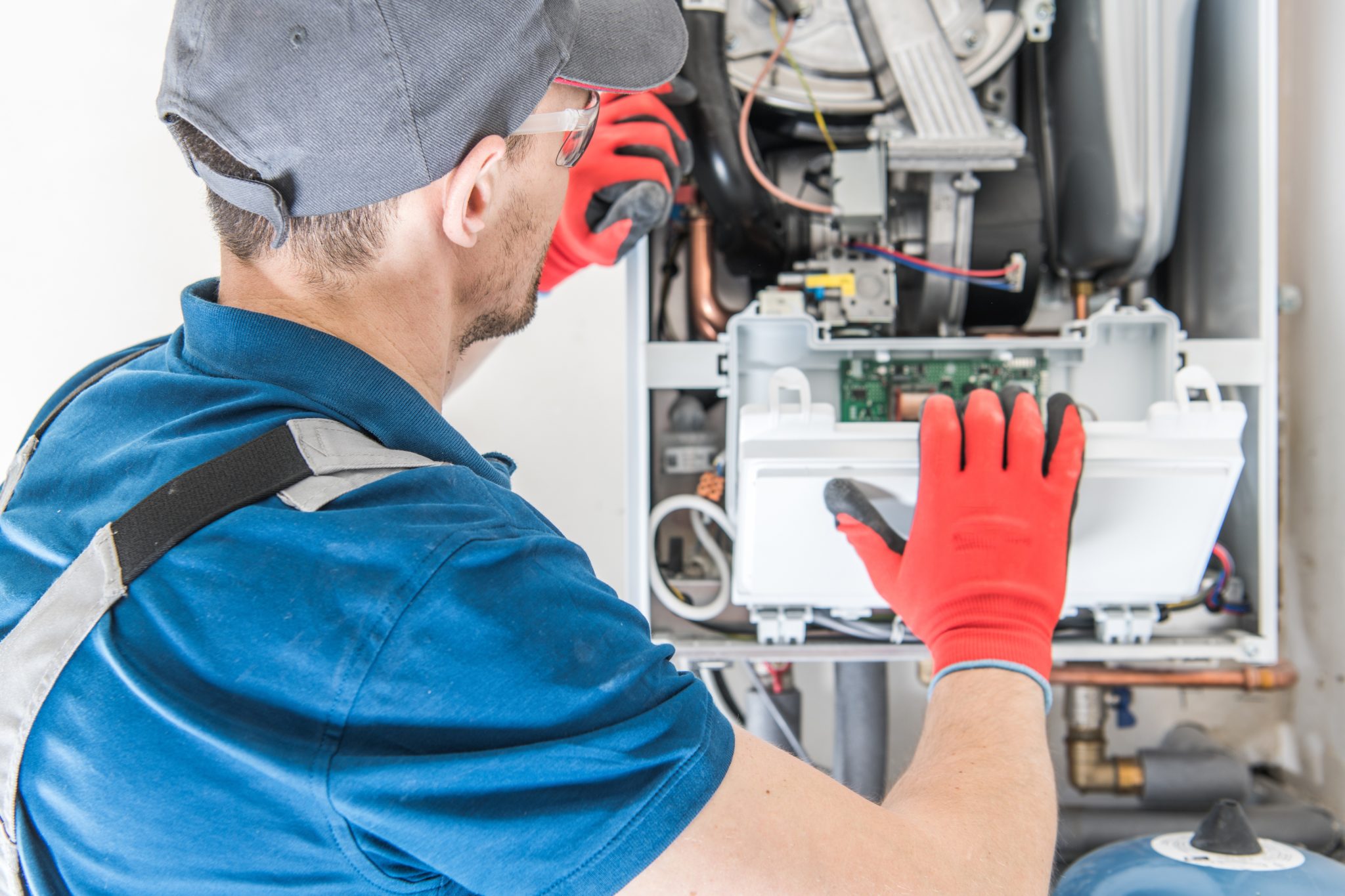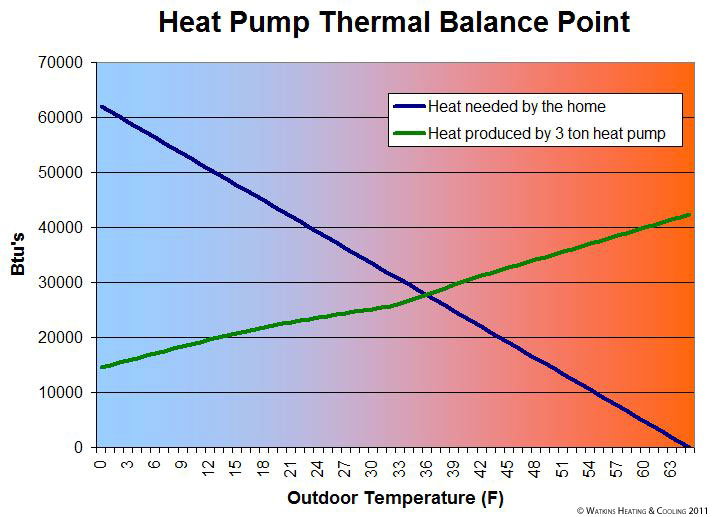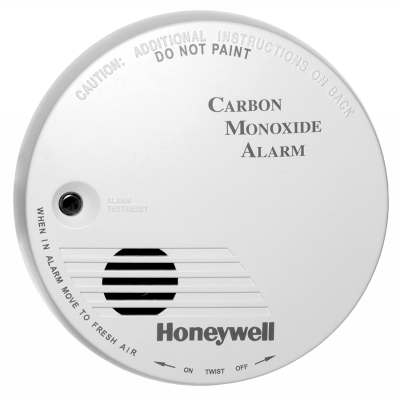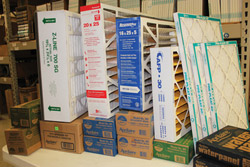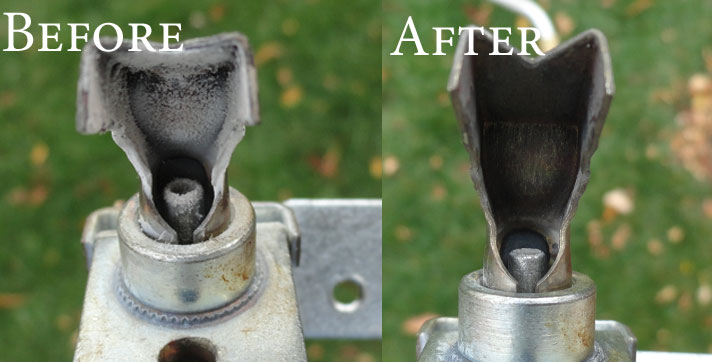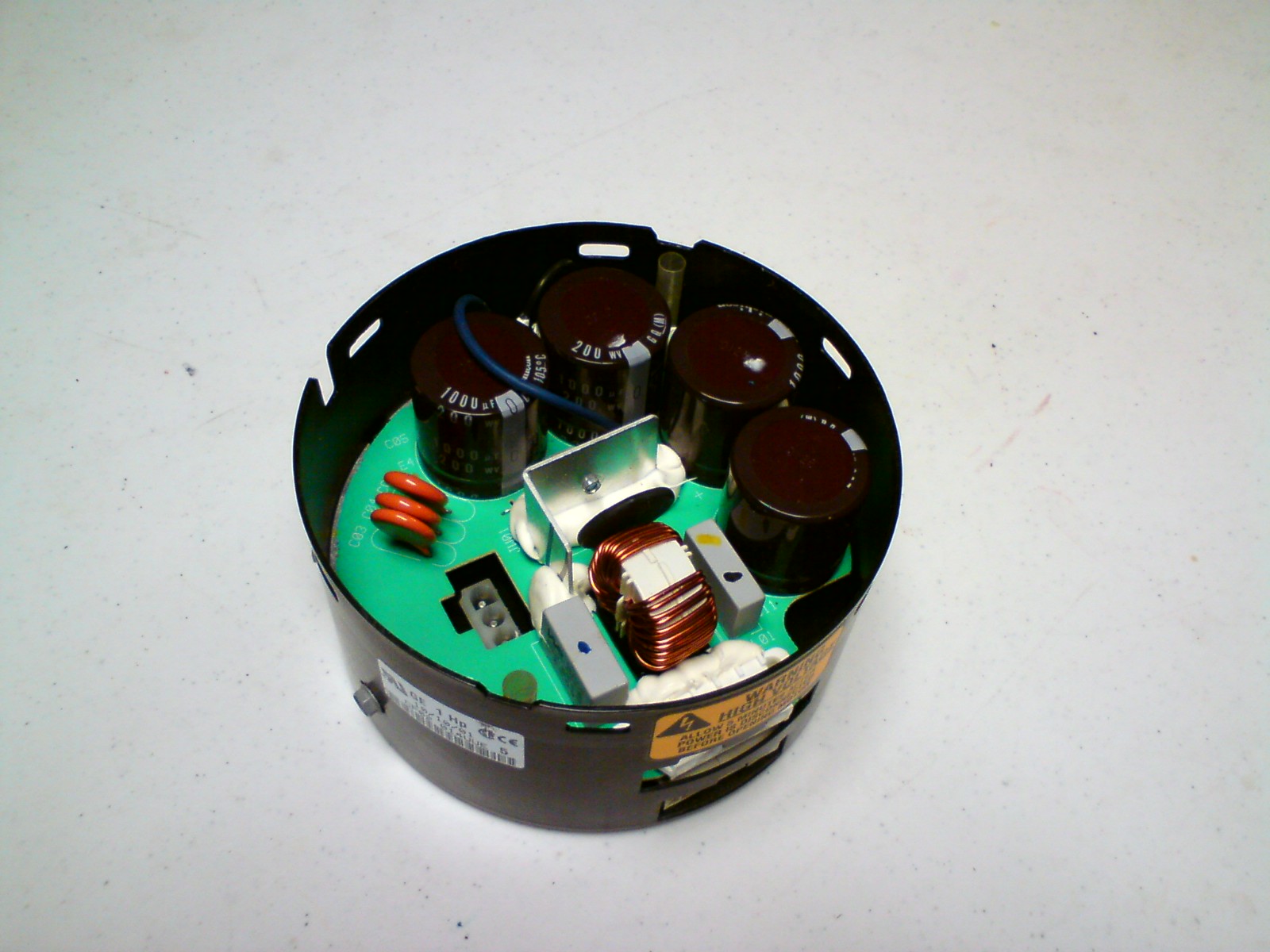Heat Pump Defrost Cycle: Understanding the Process and Trane’s Innovative Approach
Heat pumps are just like air conditioners except they have a “reverse gear.” By changing direction of the refrigerant flow, they can not only cool your home in the summer, but also deliver warm air in colder months. In another article, we explain more about heat pumps and how you can combine them with various indoor units to make a complete HVAC system.
Just like an air conditioner, an air source heat pump is an outdoor unit. Because they sit outside, these units inevitably have to battle the elements of nature. This can come in the form of wind and lightning storms, snow, or leaves and debris. In this post, we’re going to explore what happens when cold, humid outdoor conditions cause moisture to freeze onto the heat pump’s outdoor coil.
This is where the defrost cycle comes in.
One of the things we need to highlight before diving in is that only your heat pump has a defrost cycle, not your air conditioner. While your A/C is outside in the elements, it doesn’t have to do any work during cold weather! If you’re concerned that your air conditioner is iced up in the summer, that’s another problem that we cover in a different article. A heat pump runs yearlong, having to work through winter weather to pump warm air into your home and fight through issues like a frozen outdoor coil.
This is one of the core differences between A/Cs and heat pumps. So let’s delve into what exactly causes them to ice up, what defrost technology looks like, and how an inefficient defrost cycle can lead to high energy bills and wear on your system.
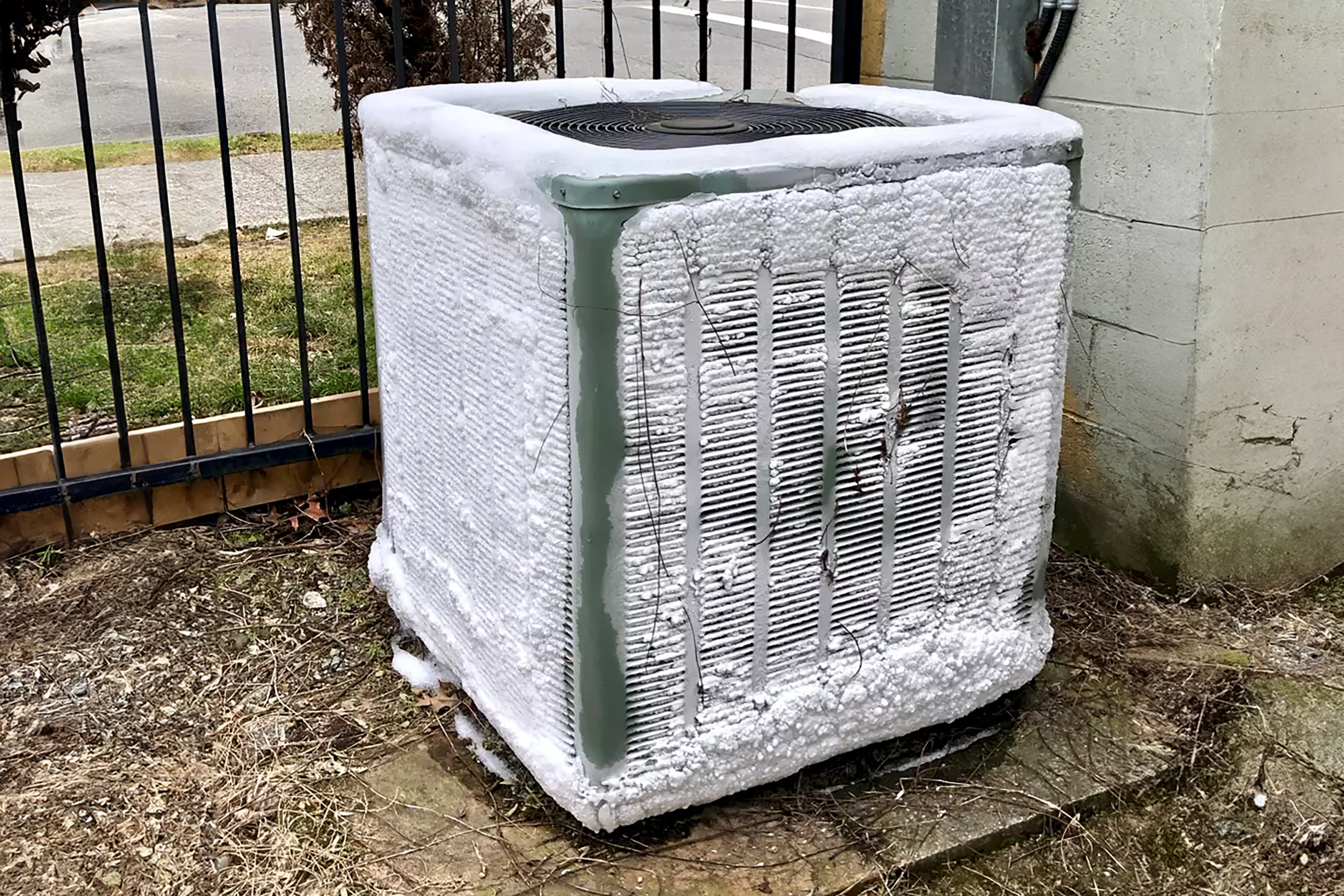
What is Heat Pump Defrost Mode?
In cold seasons, air source heat pumps work by extracting heat from the cool outdoor air and moving it into your home. (Geothermal heat pumps draw heat from the ground, but we won’t be discussing those systems in this post).
How in the world can heat pumps extract heat from cold air? To make that magic happen, the heat pump makes its outdoor coil even colder than the surrounding air. Because the coil is colder than the surrounding air, it collects condensate just like a glass of ice water. However, when the outdoor air temperature is low and humid enough, the humidity condensing onto the outdoor coil can freeze.
When enough ice or frost accumulates on the outdoor coil, it can block airflow and reduce efficiency.
To combat this issue, HVAC manufacturers developed the heat pump defrost cycle. A heat pump’s defrost mode temporarily warms the outdoor coil hot to melt any ice that has formed. This feature allows the unit to continue running efficiently, even in cold, humid conditions.
How Does a Heat Pump Defrost Cycle Work?
During the defrost cycle, a heat pump switches into cooling mode but with the outdoor fan off, allowing heat to build up in the outdoor coil. The cooling cycle pulls thermal energy from your indoor air and transfers it to the outdoor coil. This heat melts any frost or ice that has accumulated on the coil. As the ice melts, it is also evaporated so that it doesn’t refreeze. This is why you may see steam rising from the unit at the end of a heat pump’s defrost cycle.
When Does It Occur?
The specific weather conditions that lead to frost formation on heat pump coils depend on outdoor temperature and humidity. When the weather is mild, about 45 degrees Fahrenheit and up, the coil temperature is not cold enough to freeze. When the outside temperature is bitterly cold, about 15 degrees Fahrenheit and below, the outdoor air doesn’t hold enough humidity to build ice quickly. The “Goldilocks zone” is between 25 and 35 degrees Fahrenheit, when heat pump coils tend to ice up rapidly. That becomes increasingly more likely during precipitation (snow, rain, or ice) because the humidity in the air is higher.
Why Defrosting Is Necessary
If frost isn’t regularly cleared from heat pump coils, it blocks airflow and forces the system to work harder to keep up. This strain will reduce the heat pump’s efficiency and increase the use of backup heat, leading to higher energy costs and increased wear and tear. Excessive frost buildup could damage critical parts like the compressor and fan blade.
Common Heat Pump Defrost Cycle Methods
Timed Defrost was the only method used on older heat pumps, but is still common today among cheaper heat pumps. This timing is typically adjustable by a service tech between 45 and 90 minutes. So if a technician sets the defrost timing at 90, then every 90 minutes, a defrost will start whether the heat pump coil needs it or not. It will then terminate the cycle when a sensor feels the coil is hot.
Demand Defrost uses a circuit board with logic that compares the outdoor air temperature with the temperature of Freon leaving the outdoor coil. Based on these two readings, the board can determine the frost load and the need for a defrost cycle. This save tons of energy that would be wasted by unnecessary cycles, improving real world heat pump performance.
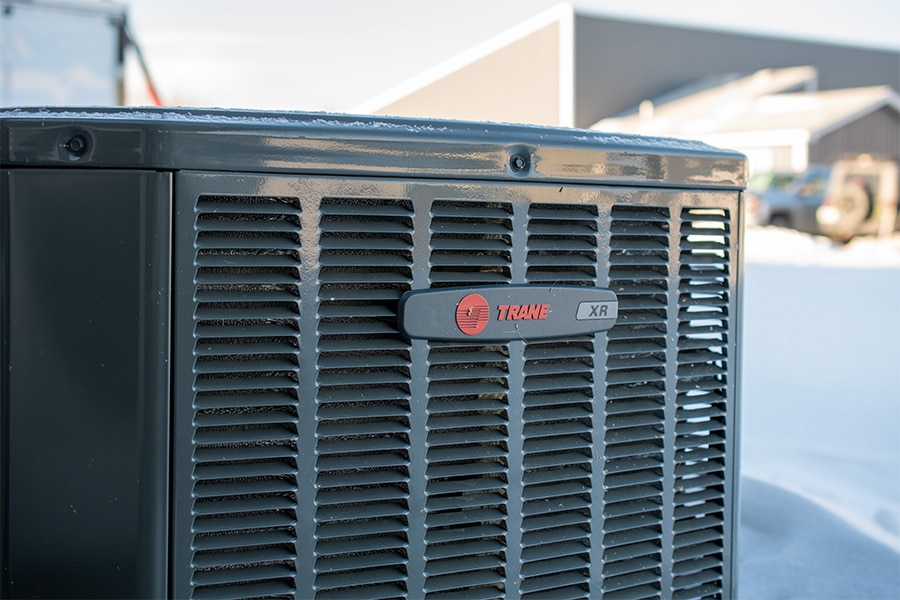
Signs of a Defrost Cycle in Action
Many homeowners wonder if they can tell when their heat pump system is in defrost mode. There are a few telltale signs.
When a heat pump switches from heating mode to defrost, you can expect to hear a loud swooshing noise as the reversing valve shifts and high-pressure refrigerant rushes into the outdoor coil.
At the start of the cycle, you may also see the outdoor fan stop turning. Then at the end of the cycle, you’ll may notice steam rolling off the unit as the coil warms enough to evaporator the water. Then the outdoor fan starts back up the unit shifts back into the heating cycle.
Another sound you may observe during a defrost cycle is the noise level of the compressor changing, sometimes quieter, sometimes louder, depending on outdoor temperature and the type of compressor.
FAQ Section
This answer truly depends on what brand and model of heat pump you have as well as your climate. However, as a broad range, the average timed heat pump goes into defrost mode somewhere around 45 to 90 minutes during colder weather. Advanced units with demand defrost only cycle as needed.
A defrost cycle could be as short as about 2 minutes or as long as about 10 minutes. Most heat pump manufacturers terminate the defrost cycle based on the coil temperature, not the duration of time.
Yes, if the heat pump system didn't evaporate the water, it would just refreeze onto the coil.
The heat to defrost the outdoor coil comes from your home's indoor air as your heat pump shifts to cooling mode. This is what makes defrost cycles so inefficient. If it is installed correctly, your heat pump system will engage the auxiliary heat to temper the air so that you don't feel a cold blast.
A service tech can manually initiate the defrost cycle inside your heat pump controls. However, this is only for diagnostic purposes and is not safely accessible to the homeowner. If your outdoor coil has persistent ice, you likely need a service call.
Demand Defrost tech only runs the heat pump defrost cycle when it is absolutely necessary. Other defrost cycles run on a schedule even when the coil is not iced, wasting extra electricity.
If you're already replacing your system, it is definitely worth it to insist on Demand Defrost. If you have a newer hvac system that's still working well, an upgrade likely won't make sense.
The cost of the technology is very minor and relatively simple. We question why so many brands shortcut this piece in the heat pump system.
As often as it needs to. This could range from days apart to a every 45 minutes, depending on the weather.
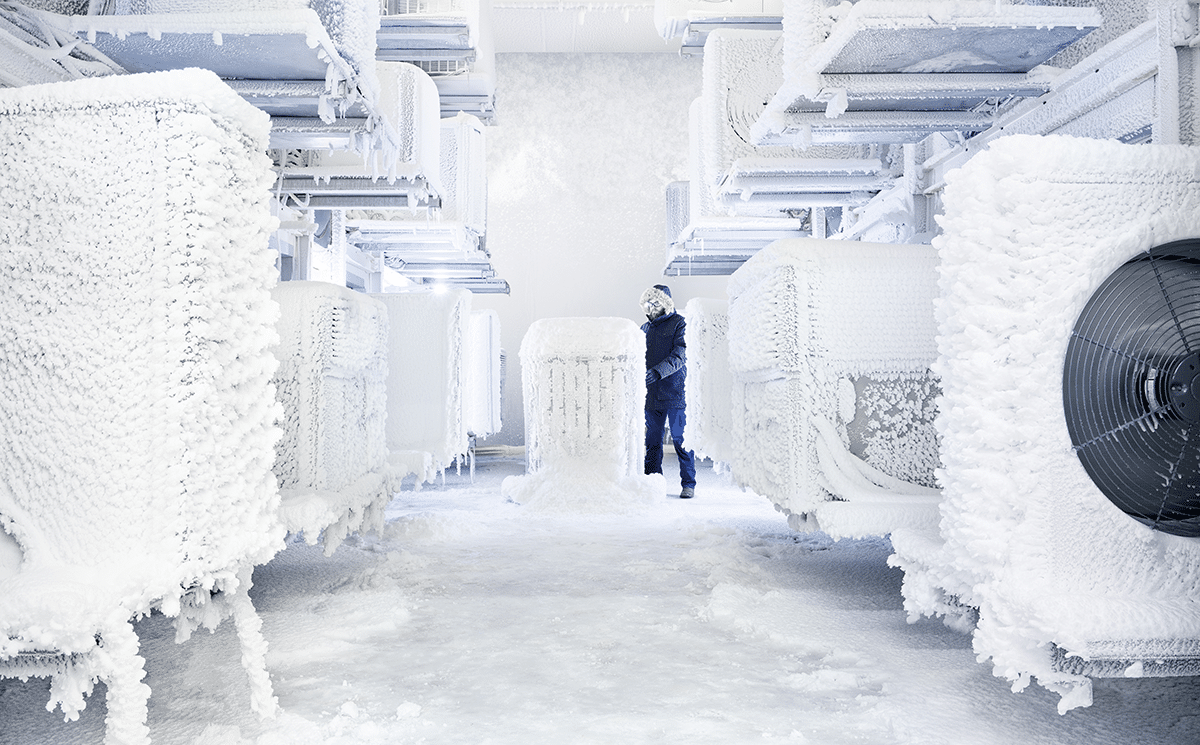
Problems with a Defrost Cycle
Sometimes, defrost cycles happen too often, and that’s when we might have a bigger issue on our hands. A few things are usually causing the problem, like low refrigerant, faulty sensors, or just the “perfect storm” of weather conditions for frost buildup.
When refrigerant levels are low, your system can’t generate the pressure and heat it needs to properly melt the frost. This not only messes with defrosting but also makes your heat pump work harder just to keep up, ruining your energy efficiency.
On top of that, if the weather is just right (or wrong, depending on how you look at it), frost can build up fast. Timed defrost cycles can melt some of the ice but leave behind a thick shell, which is tough to get rid of because it’s not in direct contact with the outdoor unit’s heat exchanger. It’s like trying to melt an ice cube without actually touching it. Plus, there’s always that risk of an ice storm completely encasing the unit, blocking the fan, and causing serious damage. That’s when Trane’s WeatherGuard™ Top really shines, protecting the unit from this kind of damage.
Traditional Defrost Controls Systems
Older or cheaper defrost systems have their downsides.
First off, they waste energy by running defrost cycles even when they aren’t necessary. This puts extra strain on your system’s components, wearing them out faster. And while your heat pump is in defrost mode, your comfort takes a hit because it’s pulling heat from inside your home—the same heat you just paid for! So you don’t get a cold blast of air during the defrost cycle, most heat pump system engage the strip heaters which have 3x the energy consumption.
More frequent defrost cycles also affect the longevity and performance of your heat pump. All that unnecessary stress leads to repairs and replacements earlier than you’d like. Nobody wants to deal with that.
So, what’s the solution? A more efficient defrost system…
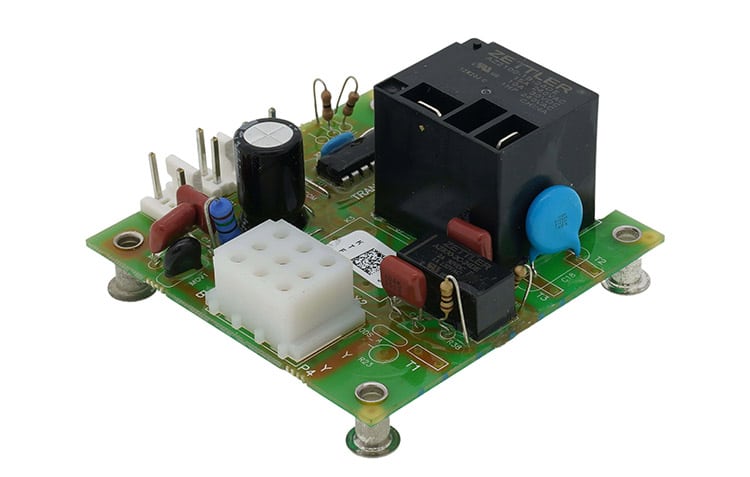
Trane’s Innovative Approach to Heat Pump Defrost
This is where Trane heat pumps really stand out. Instead of using timed defrost like many other brands, Trane’s demand defrost control only kicks in as needed. This smart technology reads the outdoor temp and the coil’s temperature to figure out if frost is actually forming, then activates the defrost cycle only when it’s absolutely necessary. That means less wasted energy, fewer defrost cycles, and more energy efficient operation.
The other advantage Trane heat pumps have is the Spine Fin™ coil. Unlike standard plate fin coils, which tend to accumulate frost on the face of the coil, Trane’s Spine Fin coils accumulate frost throughout, allowing for better airflow and heat transfer even with moderate ice buildup. This means your heat pump spends less time in defrosting, boosting heating efficiency and keeping your home warm and cozy.
When to Call a Professional HVAC Technician
Sometimes, defrost cycle issues can signal a bigger problem. If you notice heavy ice buildup on your heat pump that sticks around for more than a few hours or if the unit seems to be constantly switching into defrost mode, it’s time to call in a professional.
Regular maintenance from a trusted HVAC expert like Watkins can catch these problems before they snowball (pun intended) into something worse. Staying on top of your heat pump’s health is the best way to avoid expensive repairs down the road.

